Apple introduced wireless charging in its iPhones in 2017, when it was first included in the iPhone 8 and iPhone X models. Since then, it has equipped all its new phones with it. MagSafe then came with the iPhone 12 in 2020, and it's a shame we haven't moved on since then. Paradoxically, I also use wired charging with the wireless charger.
Wireless charging is above all convenient, because you don't have to hit the connector in the port with it. All you have to do is place your iPhone in a designated place and charging is already underway. But it goes extremely slowly. With certified Made for MagSafe chargers 15 W, with non-certified only 7,5 W.
MagSafe is a simple technology that adds magnets around the charging coil to help the device sit better on the charger. This should also result in better charging efficiency, since there are not so many losses due to the precise setting. Of course, the secondary use is for various stands, when the charging iPhone doesn't just have to lie down, because the magnets will also keep it in a vertical position (even in the case of car holders). However, precisely because similar accessories are typically powered by a USB-C cable, there is a bit of a split in where to actually put the connector. This is my own experience based on using an iPhone 15 Pro Max with a USB-C port.
It could be interest you
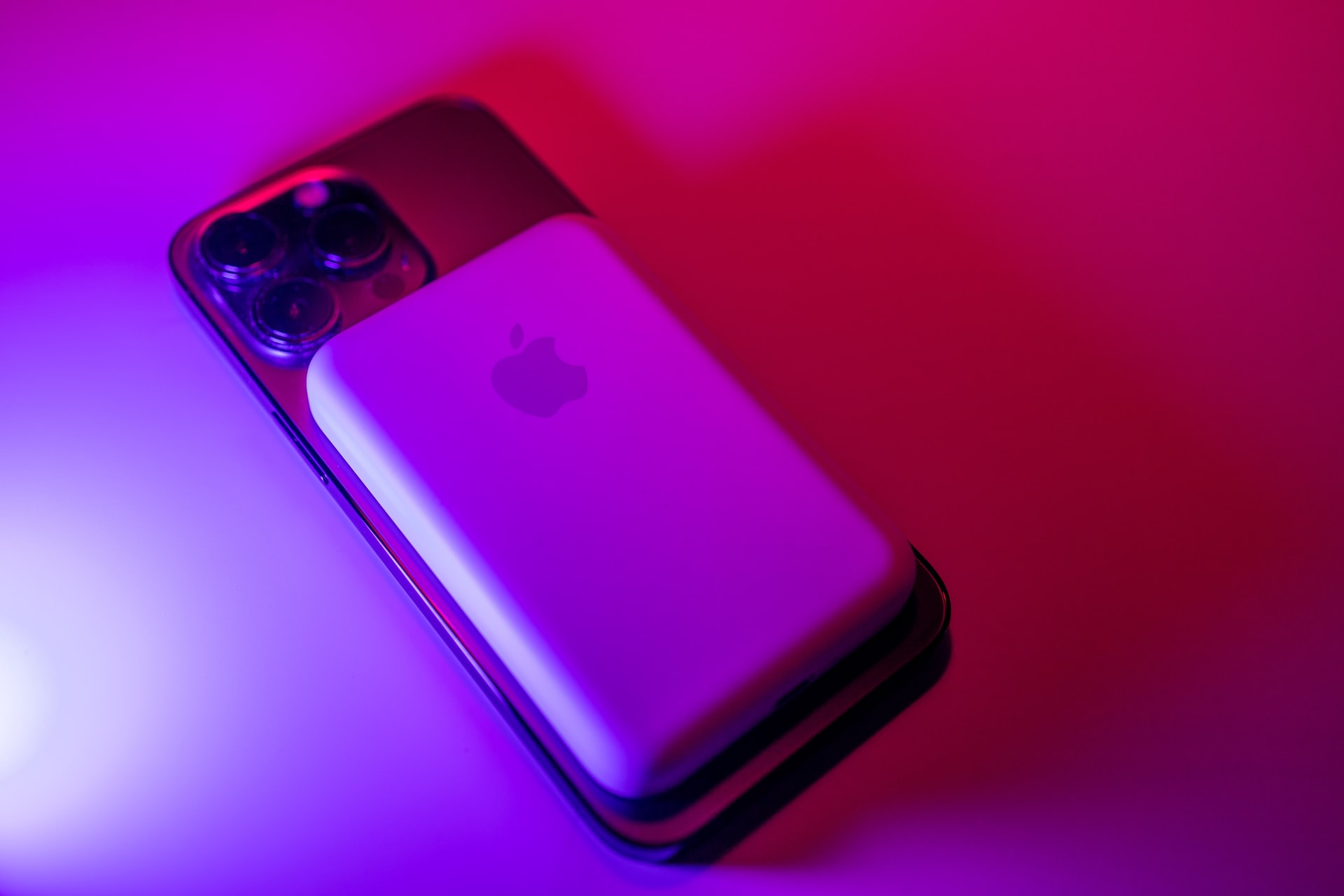
I have a third-party wireless charging stand in my office that is powered by the aforementioned USB-C cable and is not certified to charge the iPhone at 15W. So it pushes 4441W of power wirelessly into the iPhone 15 Pro Max's 7,5mAh battery , which is simply a half-day run. So I changed the meaning of the wireless charger to just a MagSafe stand. I connect the cable directly to the iPhone, which charges it in just a fraction of the time.
The absurdity of the situation
Is it stupid? Absolutely, but it clearly points to the fact that wireless charging technology is limited, that is, at least with regard to the opening of the Qi standard, when even its 2nd generation will not help speed and performance. So yes, wireless charging, but it only makes sense to me on a bedside table, where you can charge your iPhone all night long. Even in the car, it pays to insert the cable directly into the iPhone instead of into the holder, as this will also reduce the heating of the device.
With iPhones, we take wireless charging for granted, but in the world of Android, it is only installed in the most equipped smartphones. In the case of Samsung, for example, only the Galaxy S and Z series, Ačka are not eligible. However, wireless charging can be even faster, when it easily exceeds 50 W, but these are already the own standards, especially of Chinese manufacturers (wired ones can already handle 200 W anyway). In the ordinary world, we still have to state that a wire is a wire and wireless charging is convenient, but inefficient and slow. Maybe that's why Apple came up with the Idle Mode feature in iOS 17, which can give wireless charging more meaning, although I haven't come up with a taste for it yet.

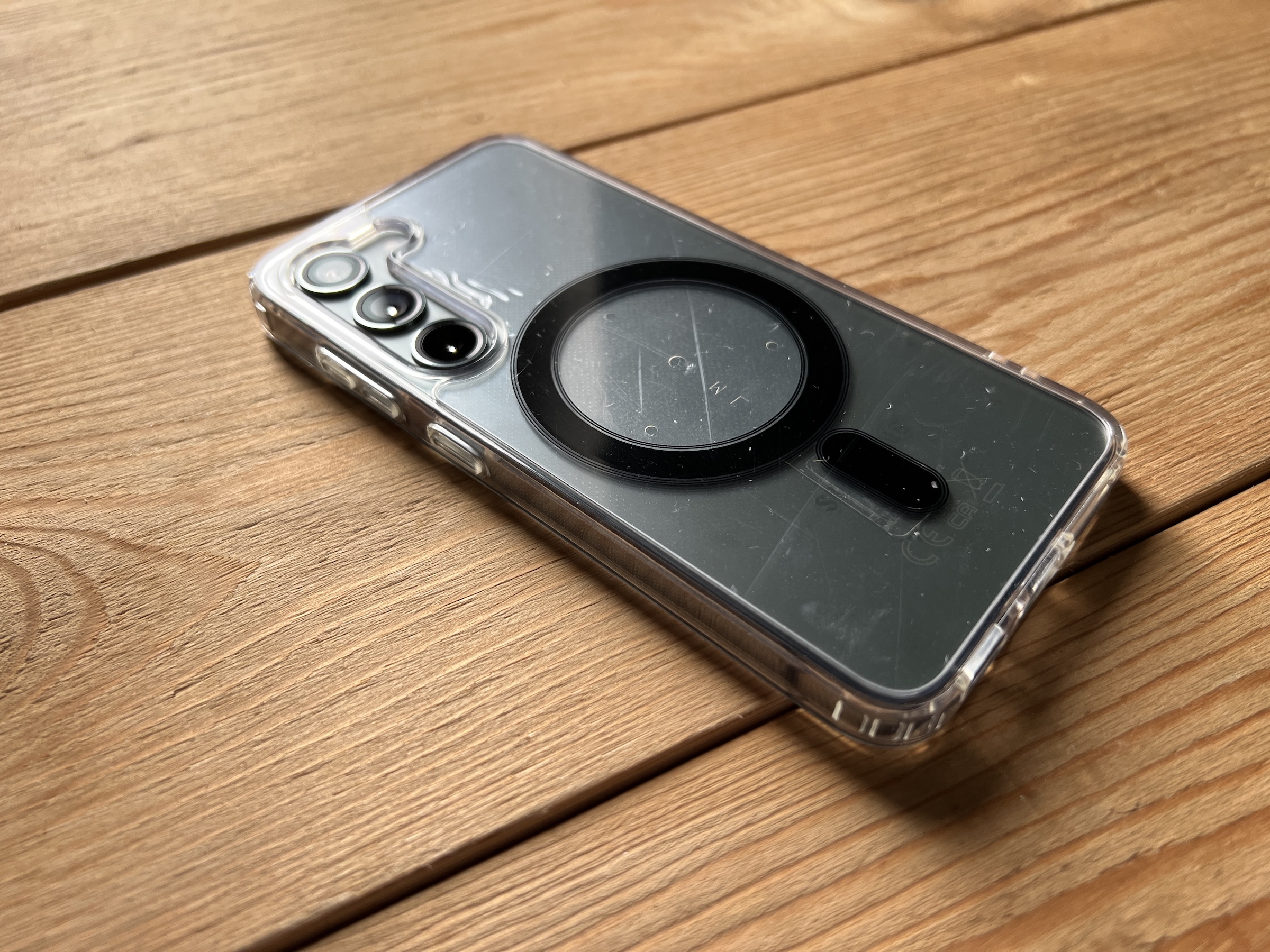
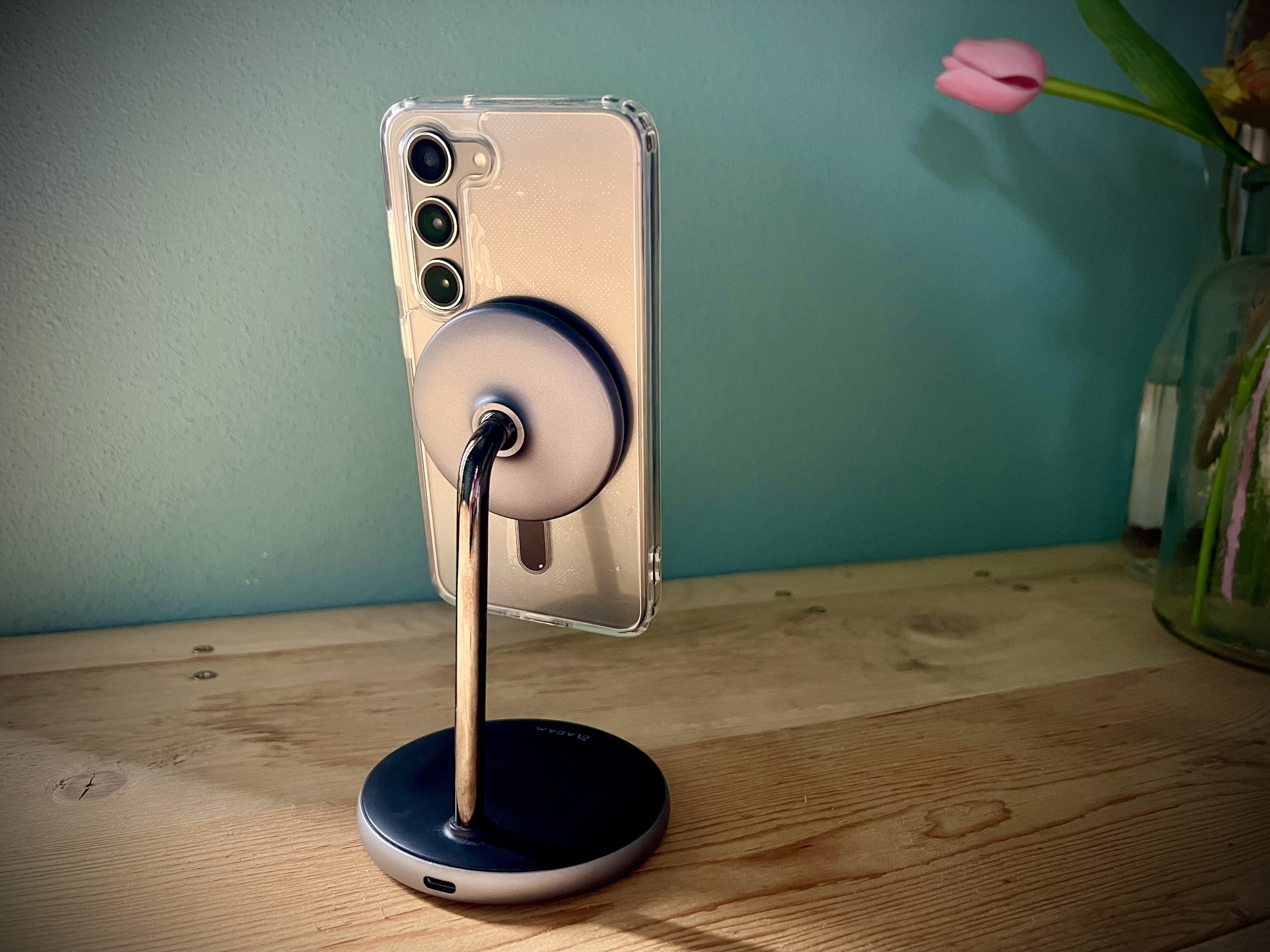
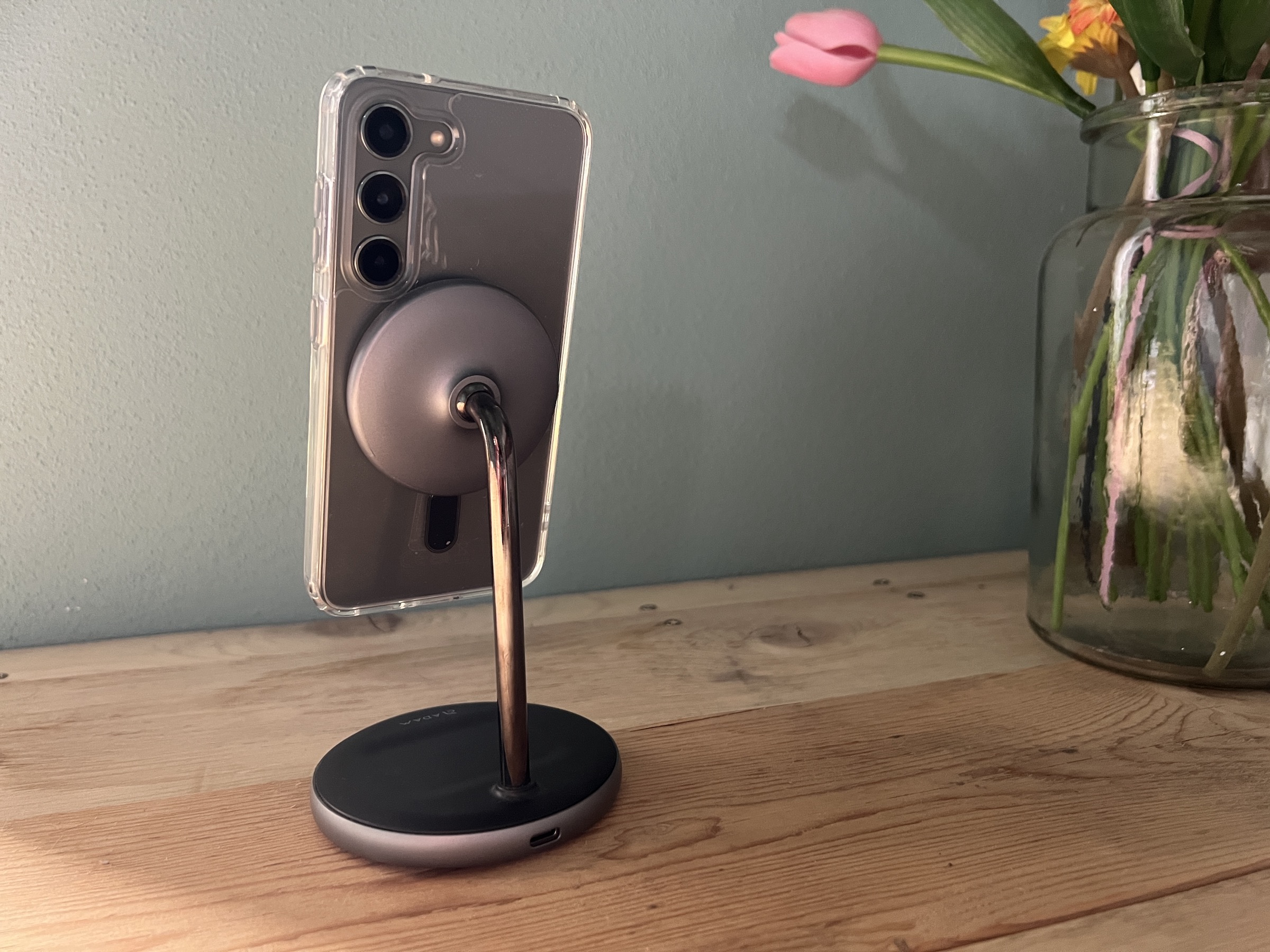
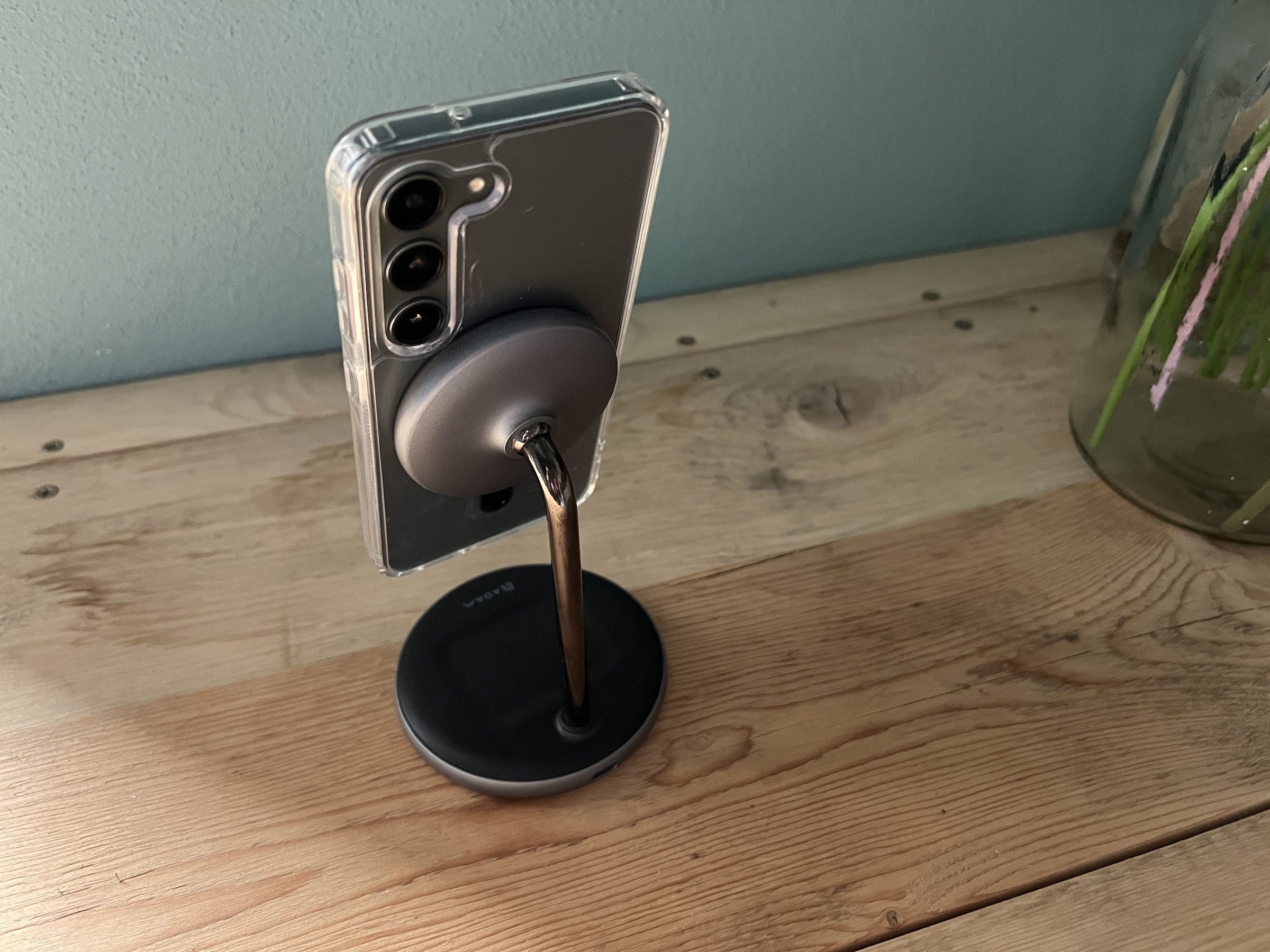
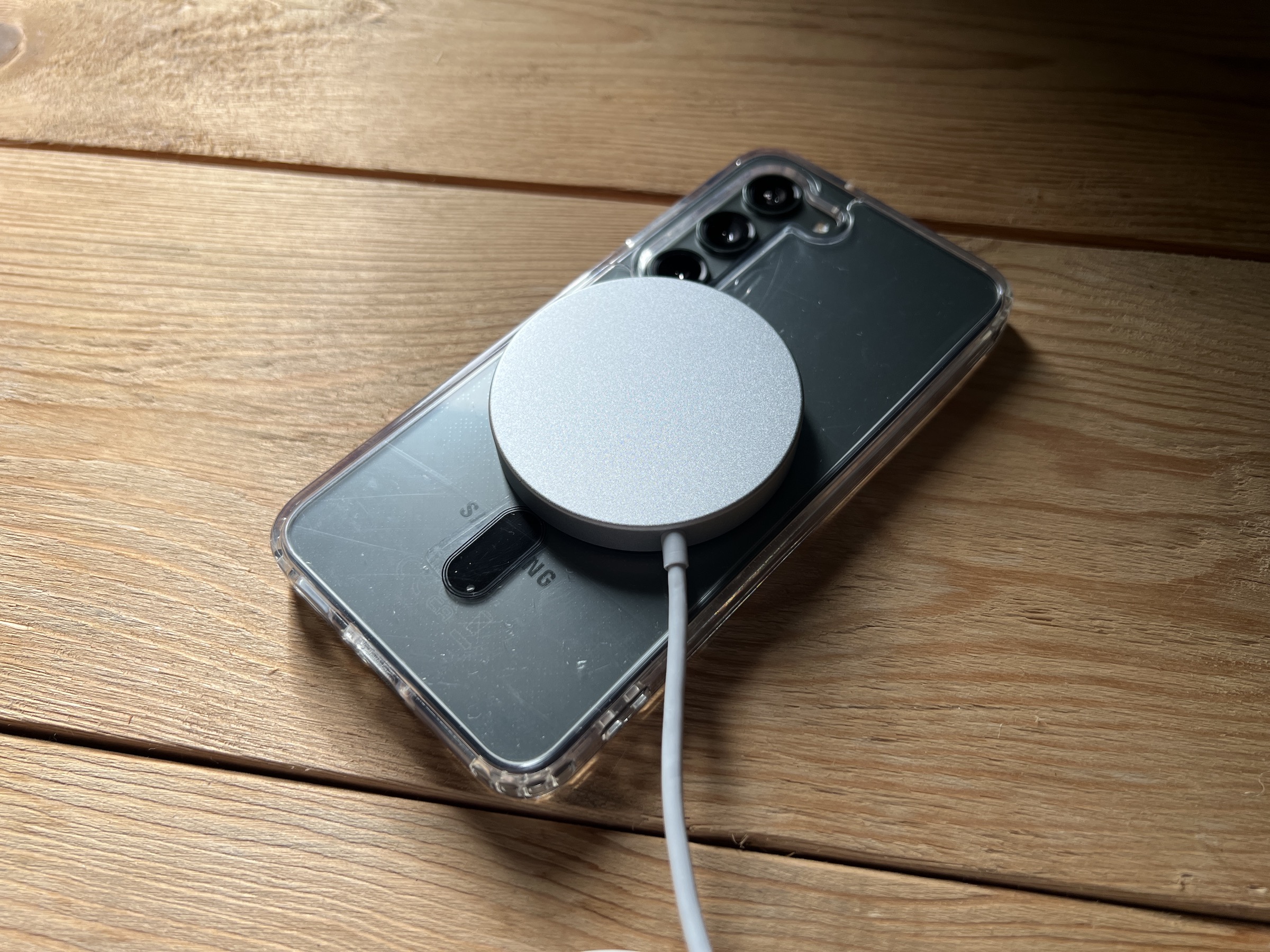
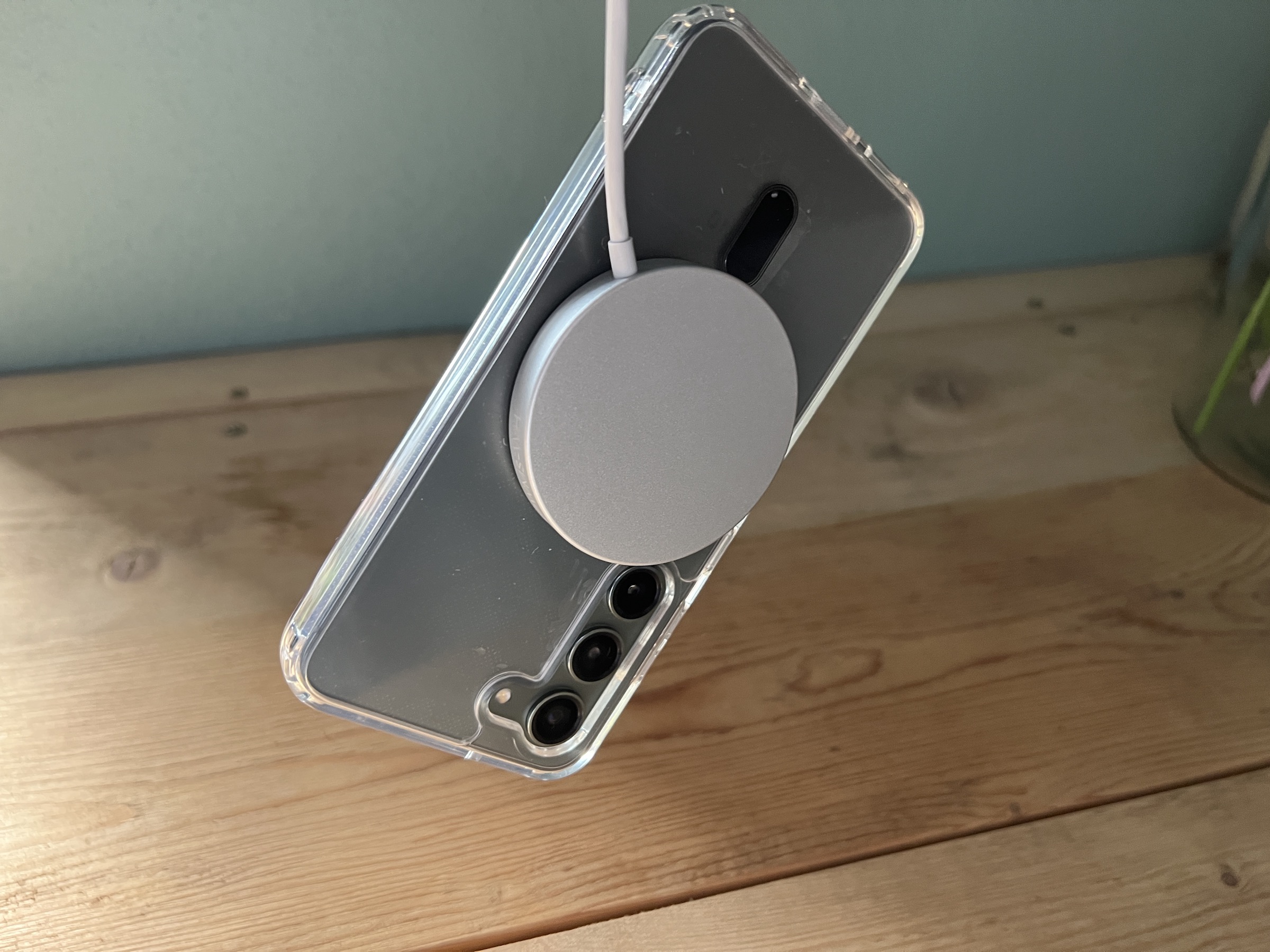
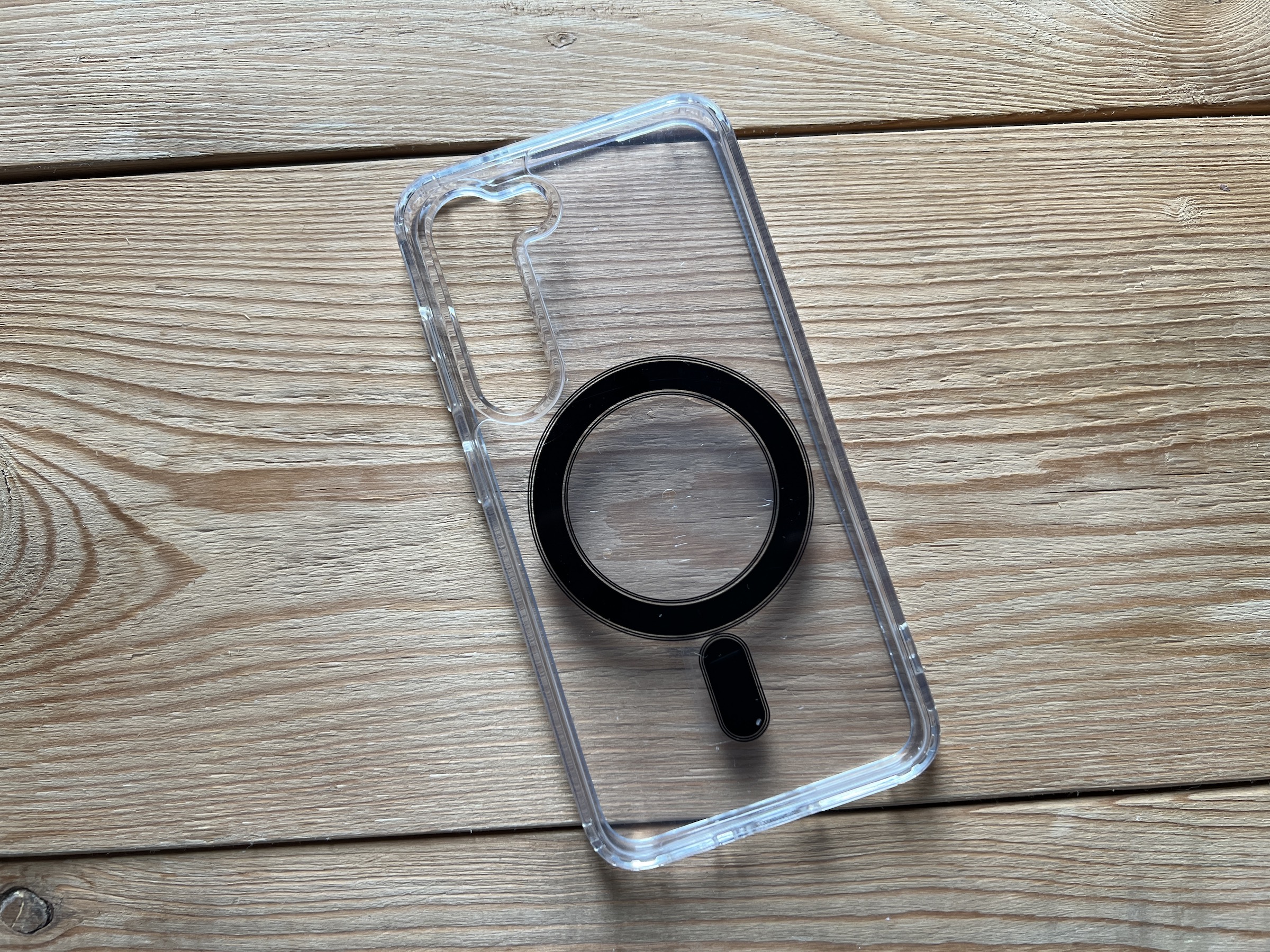
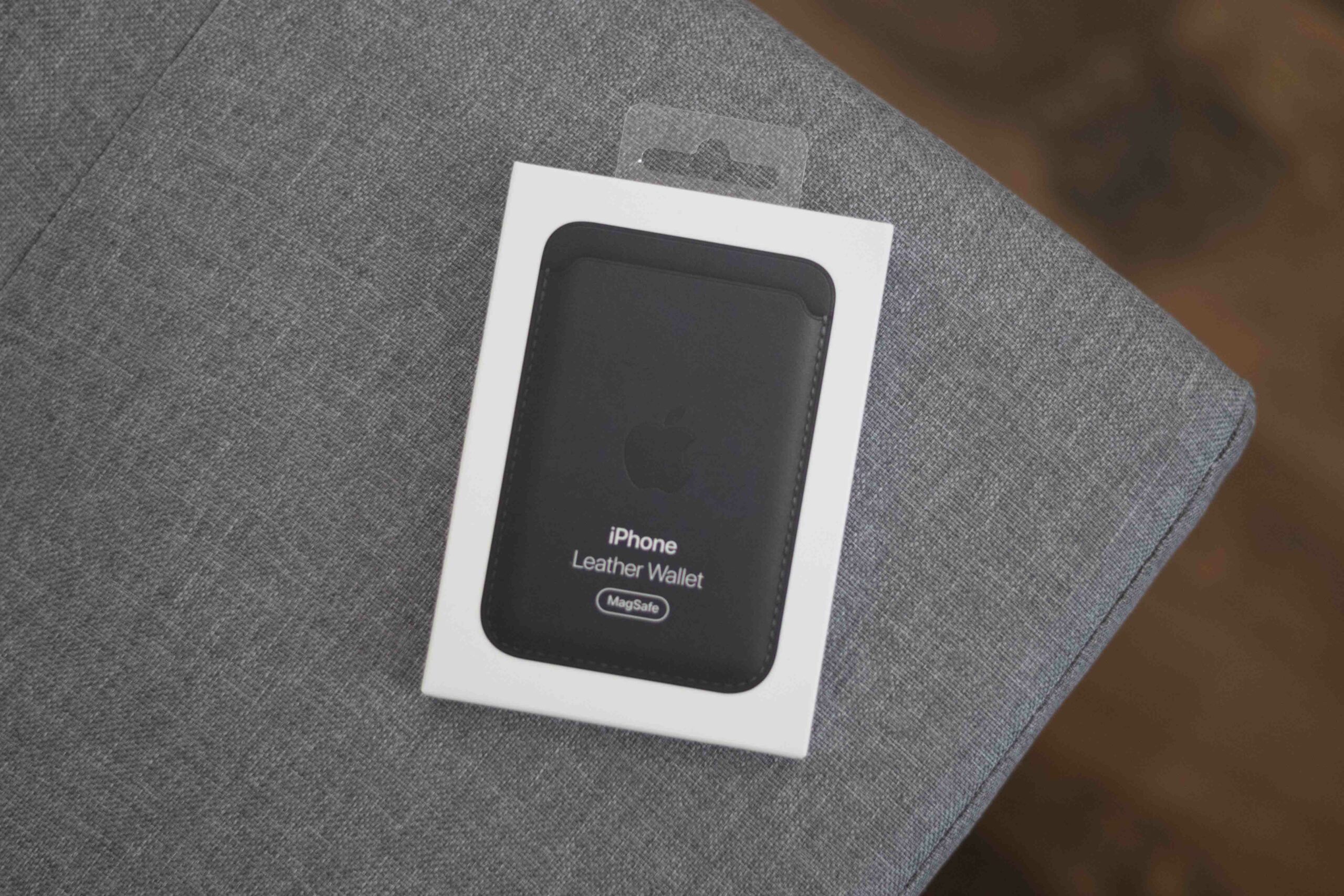

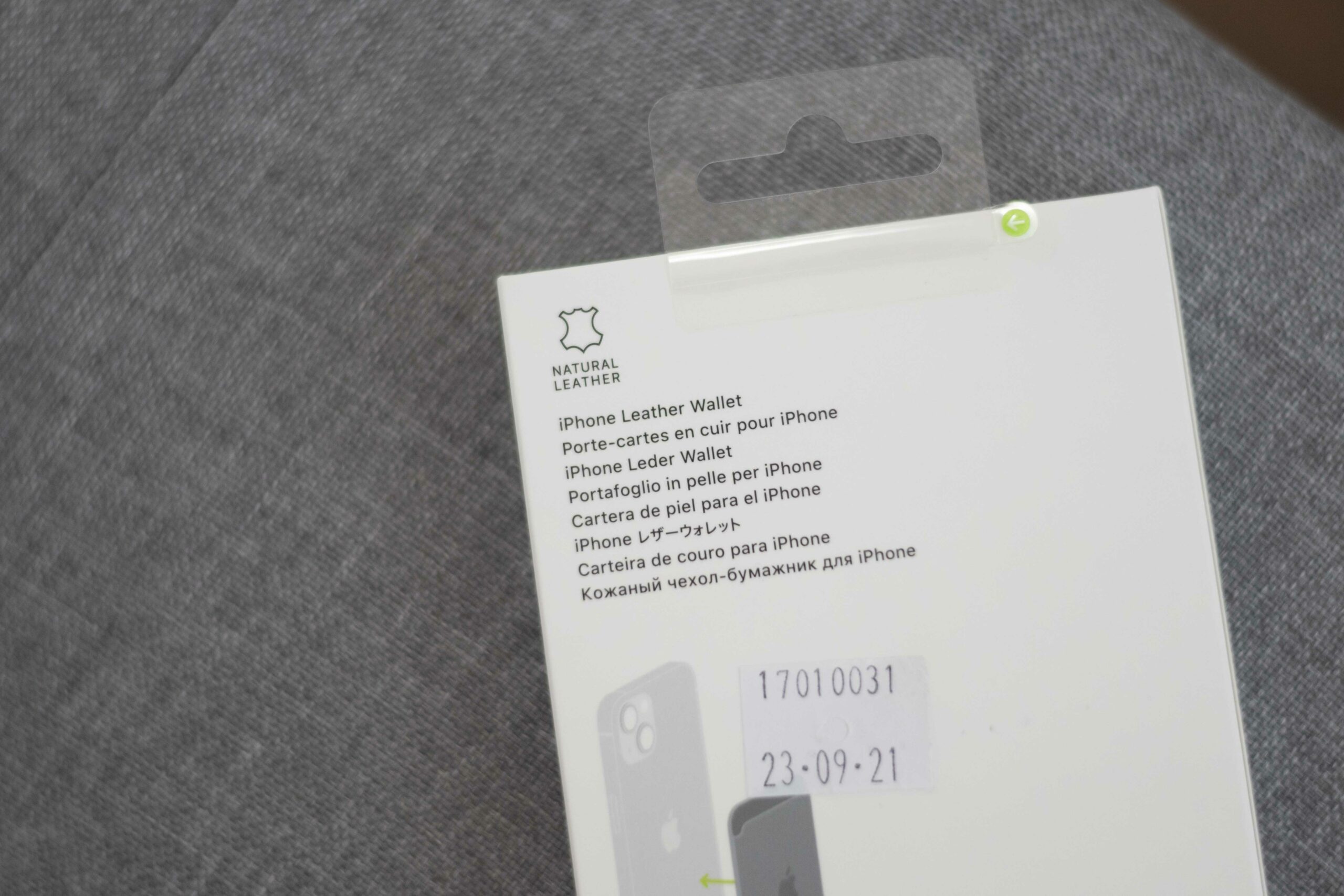
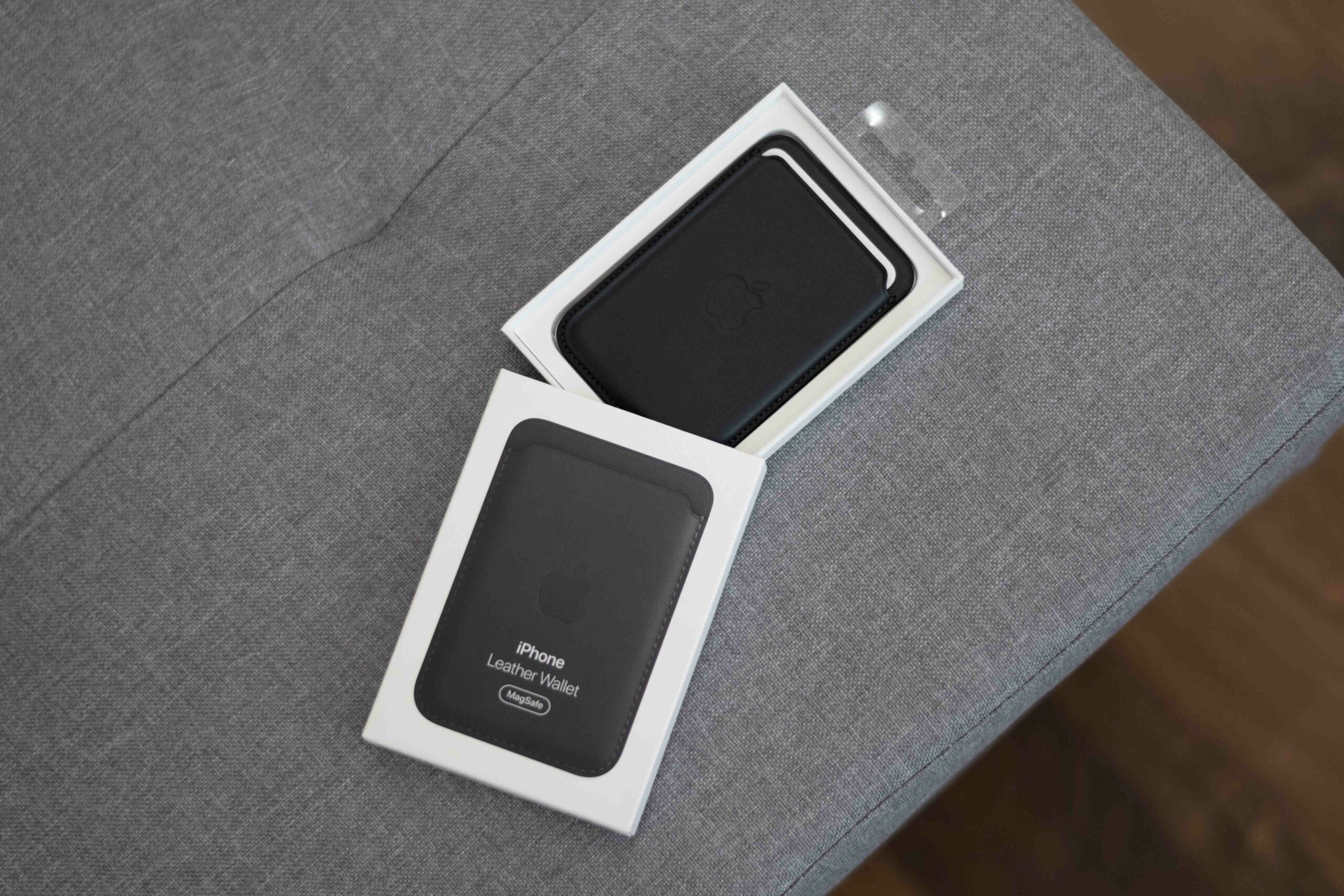
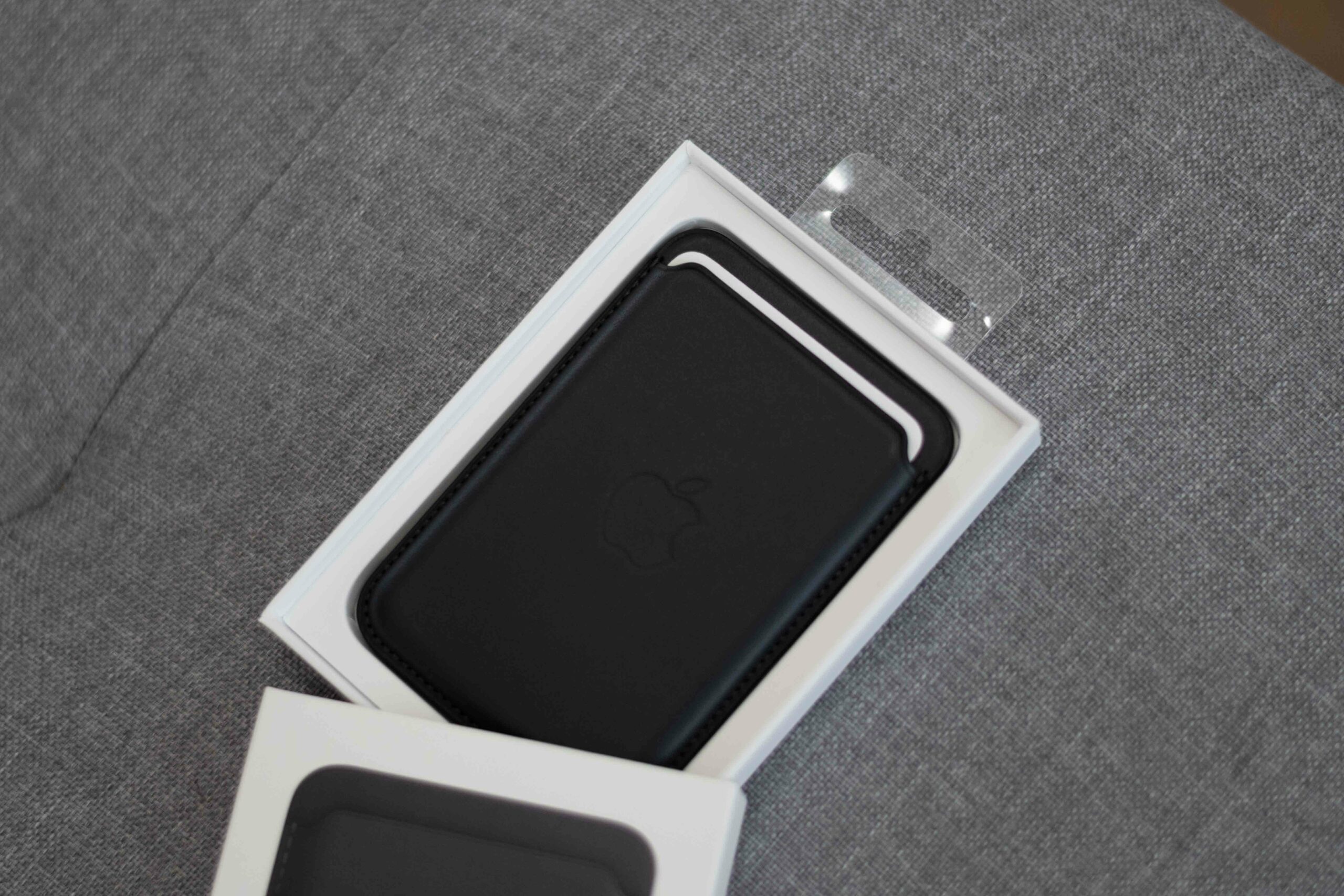
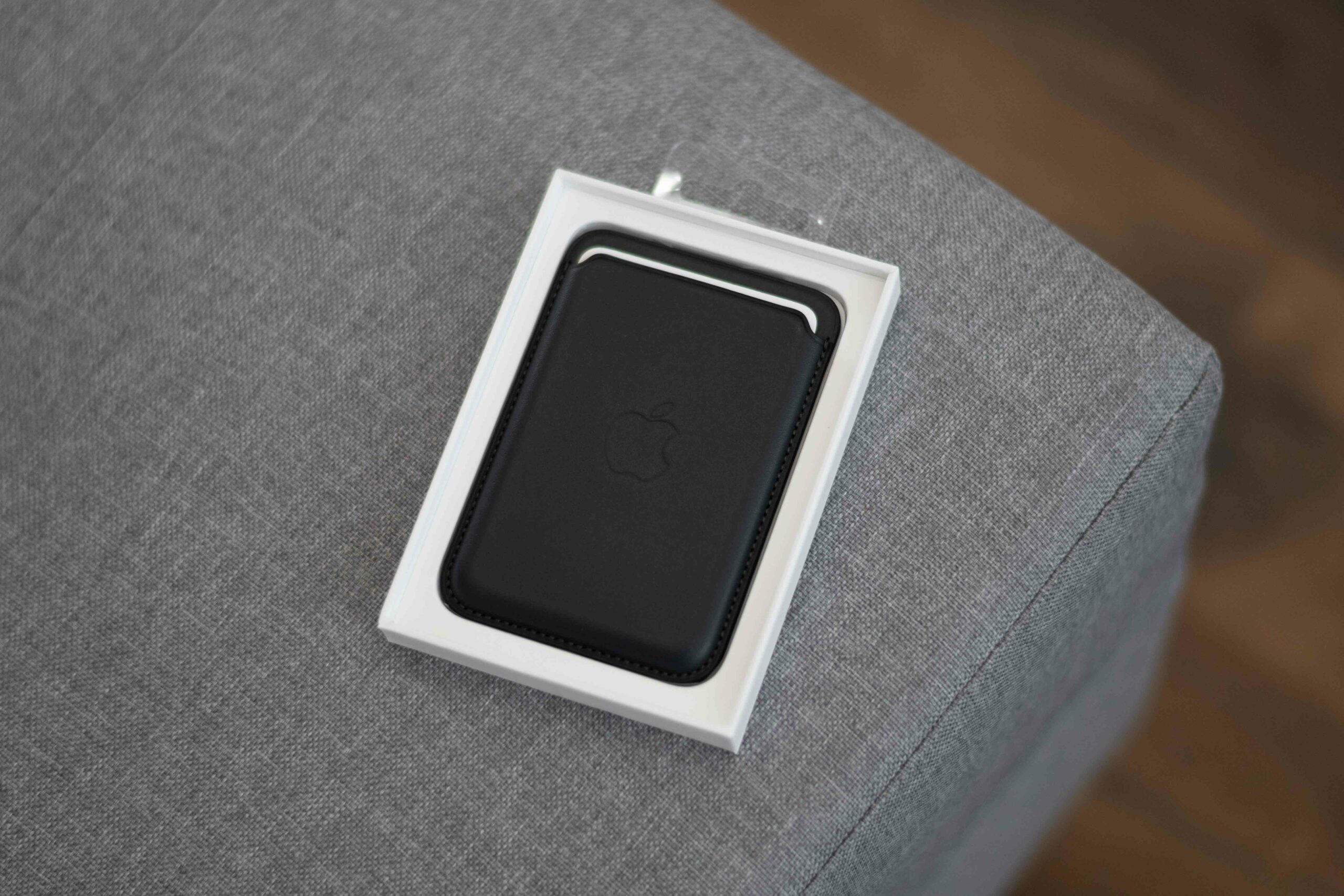
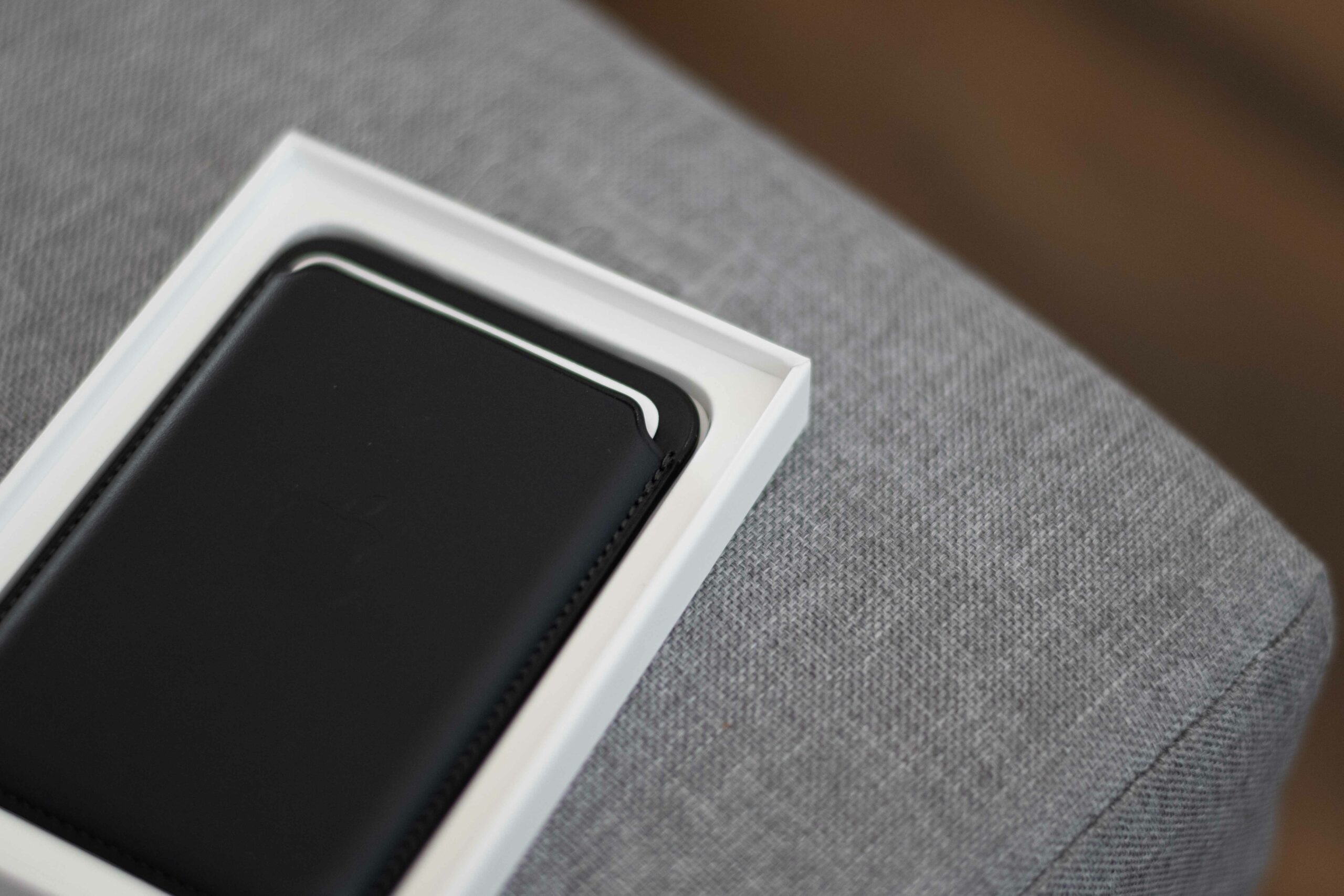
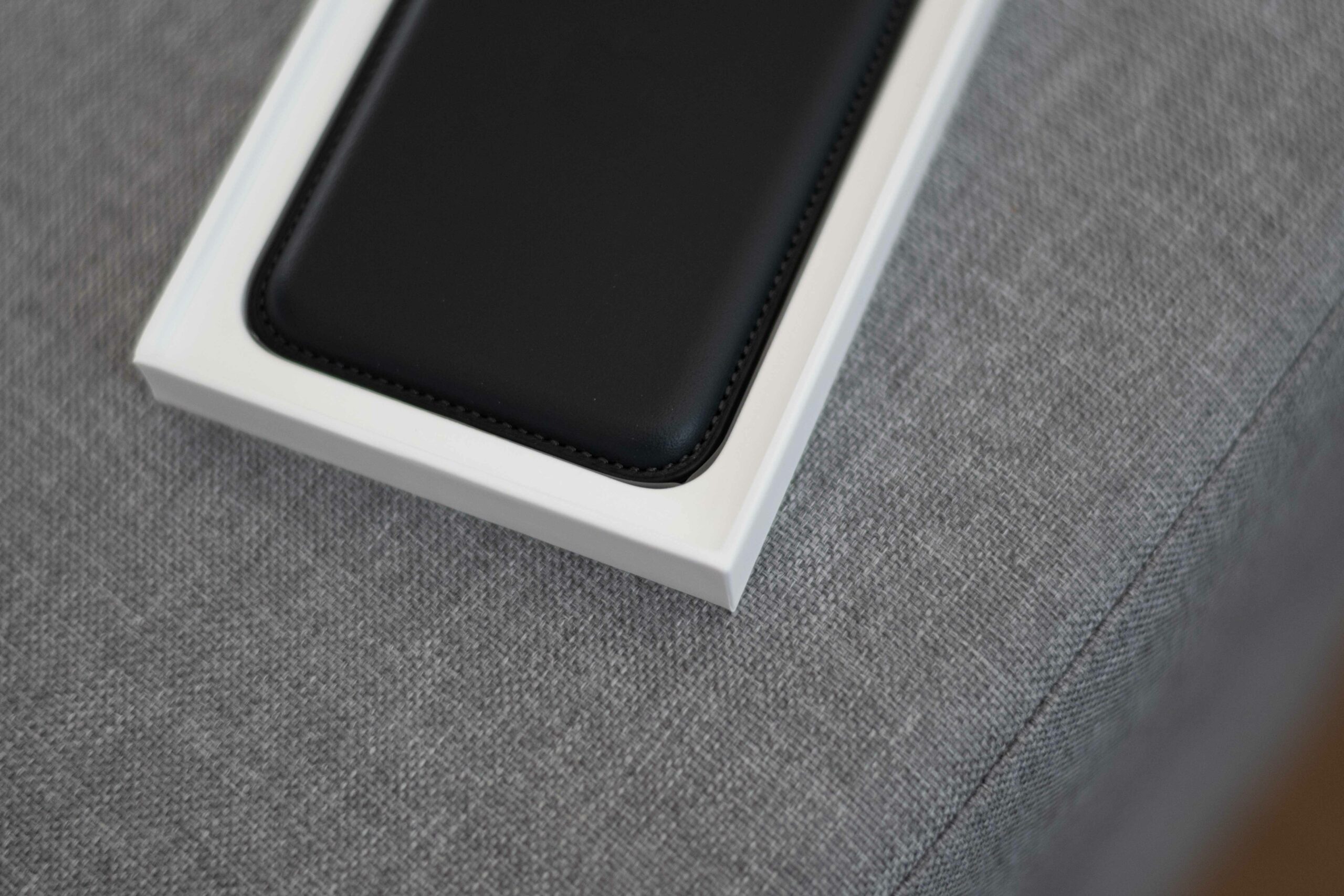

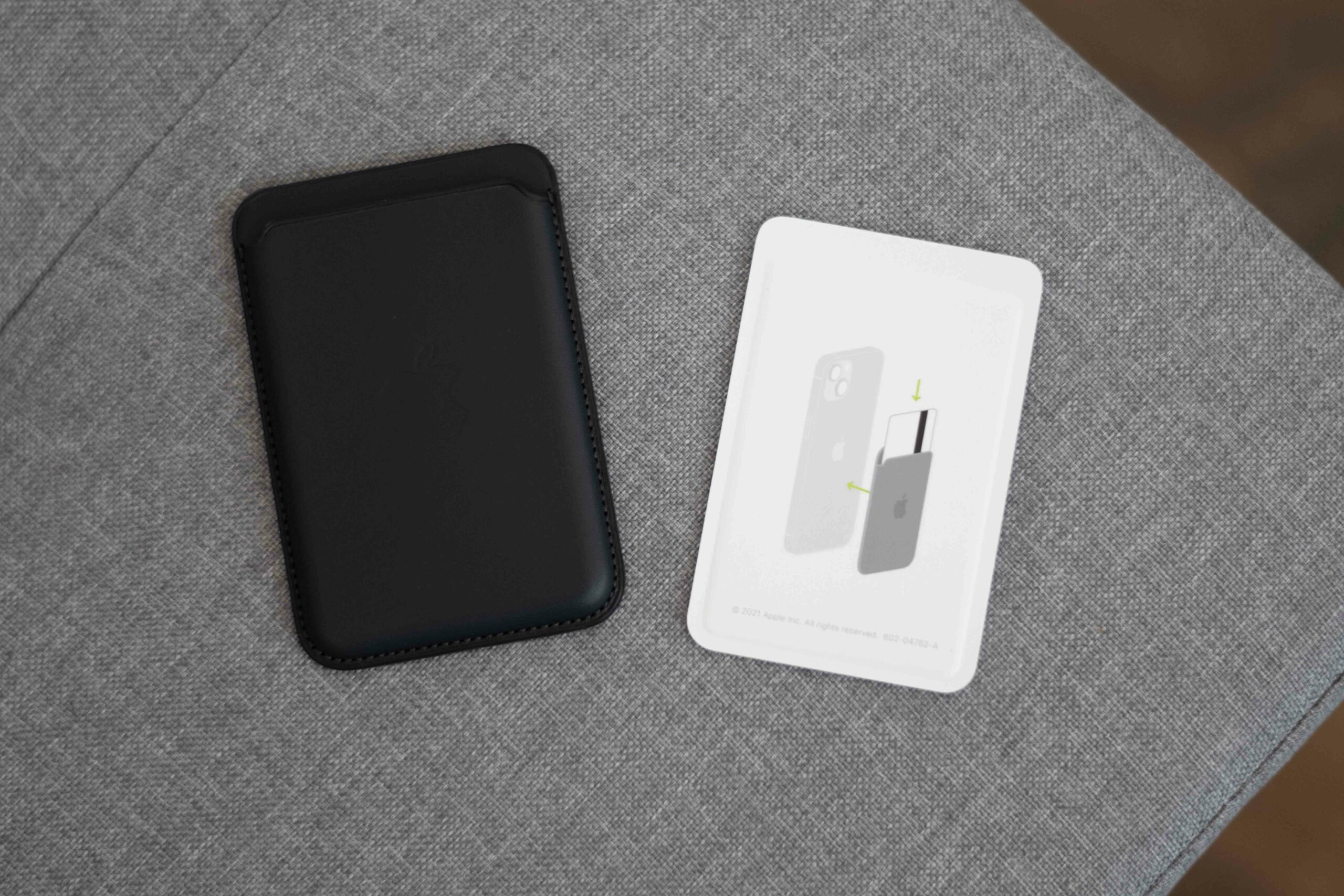
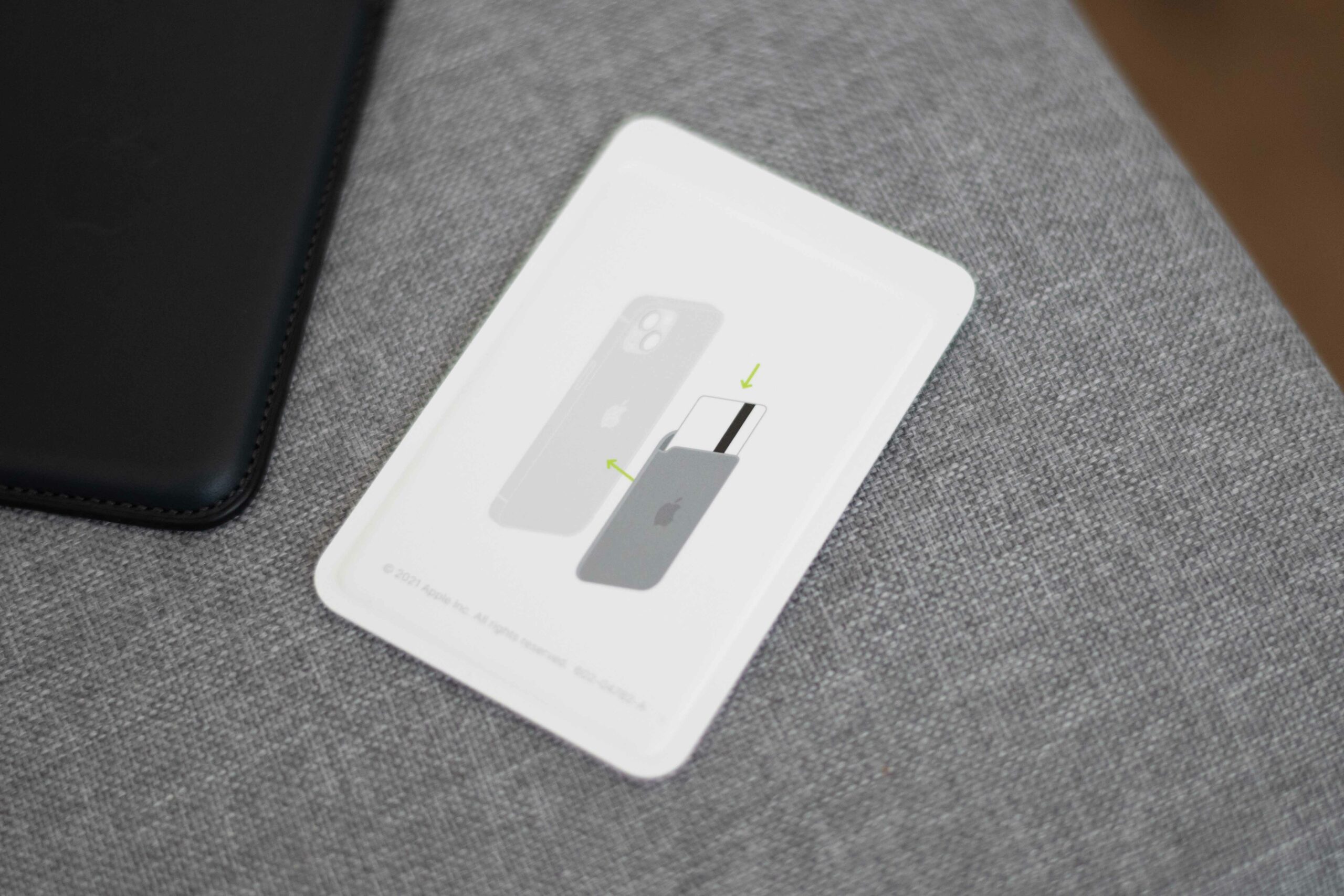

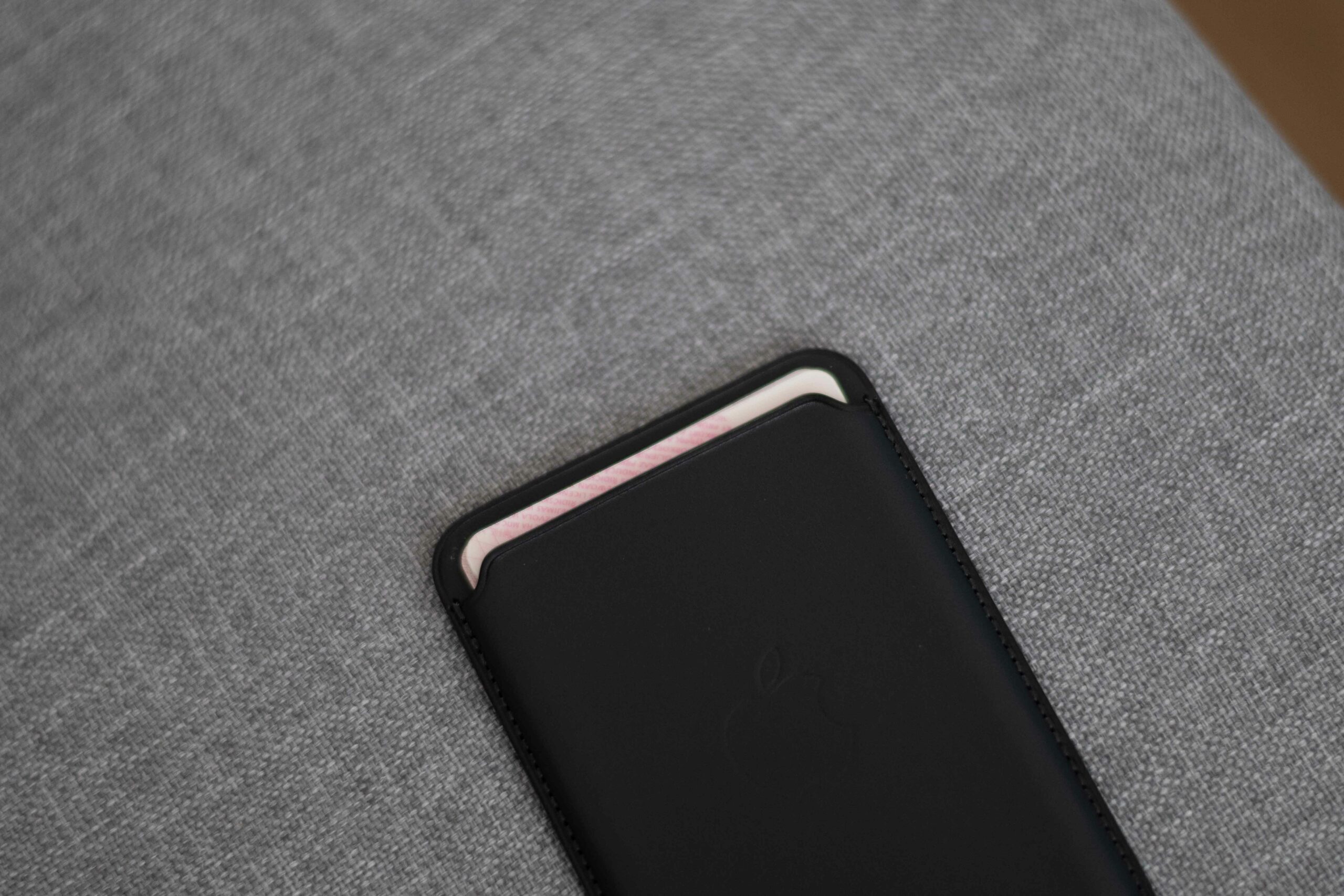
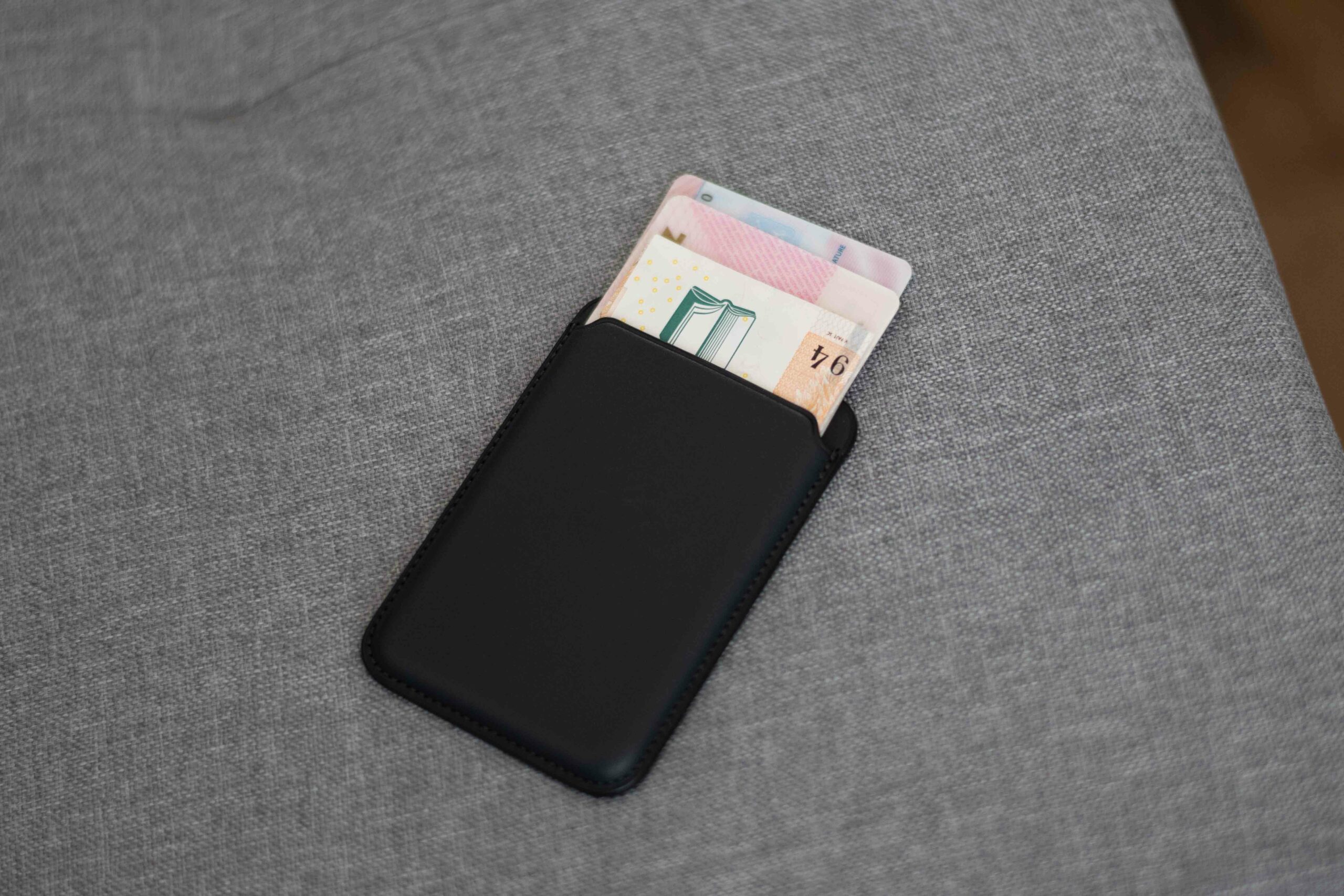
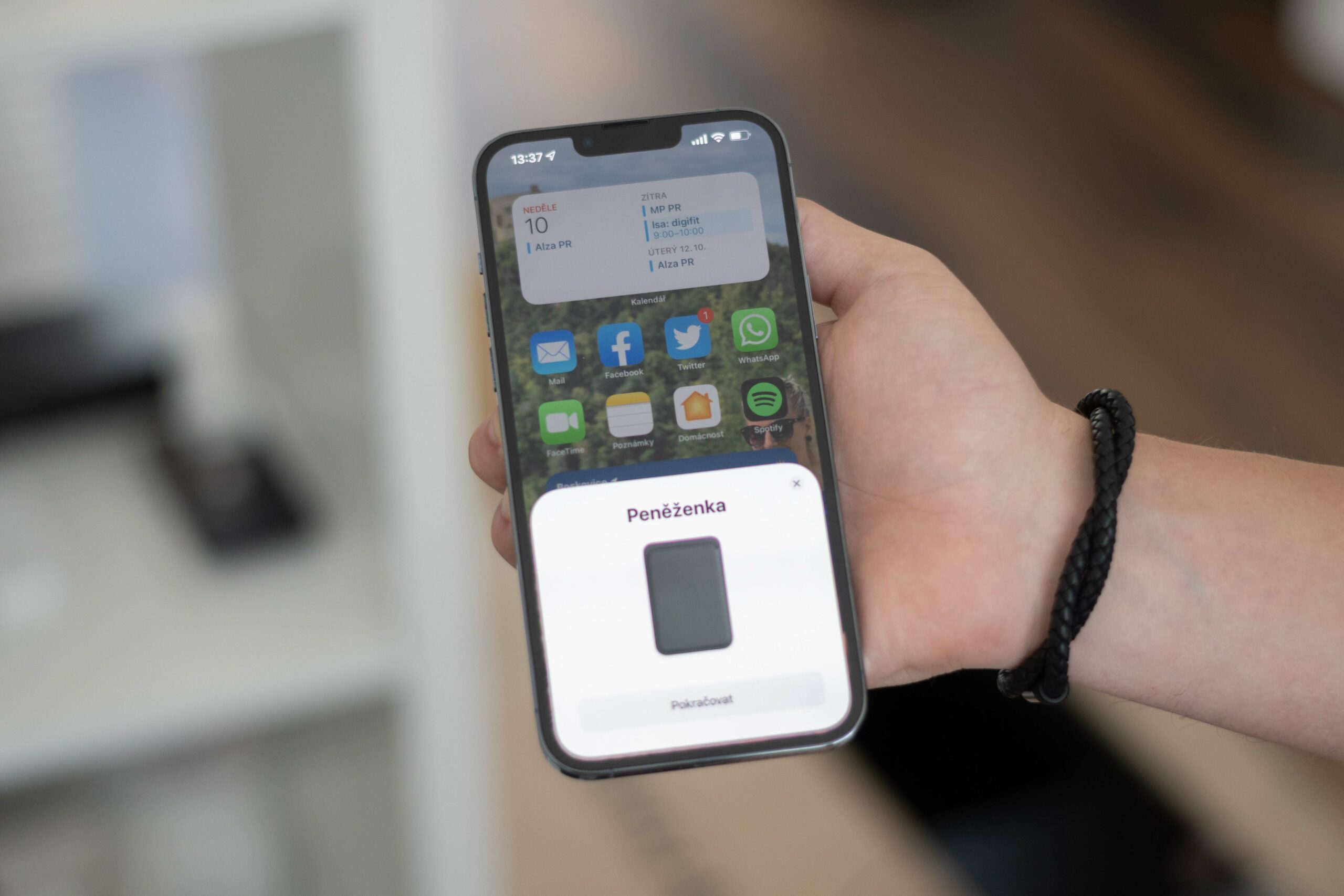

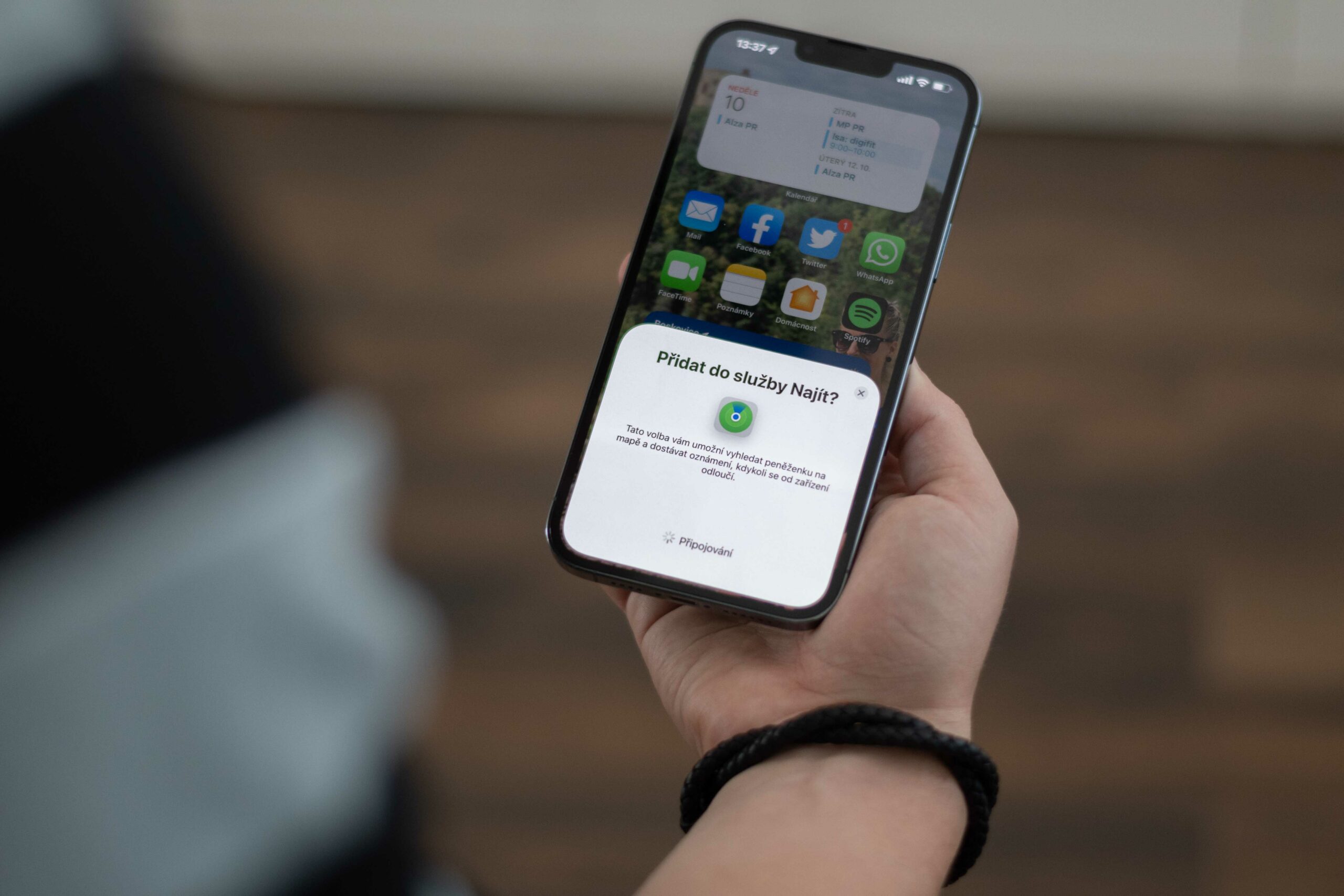
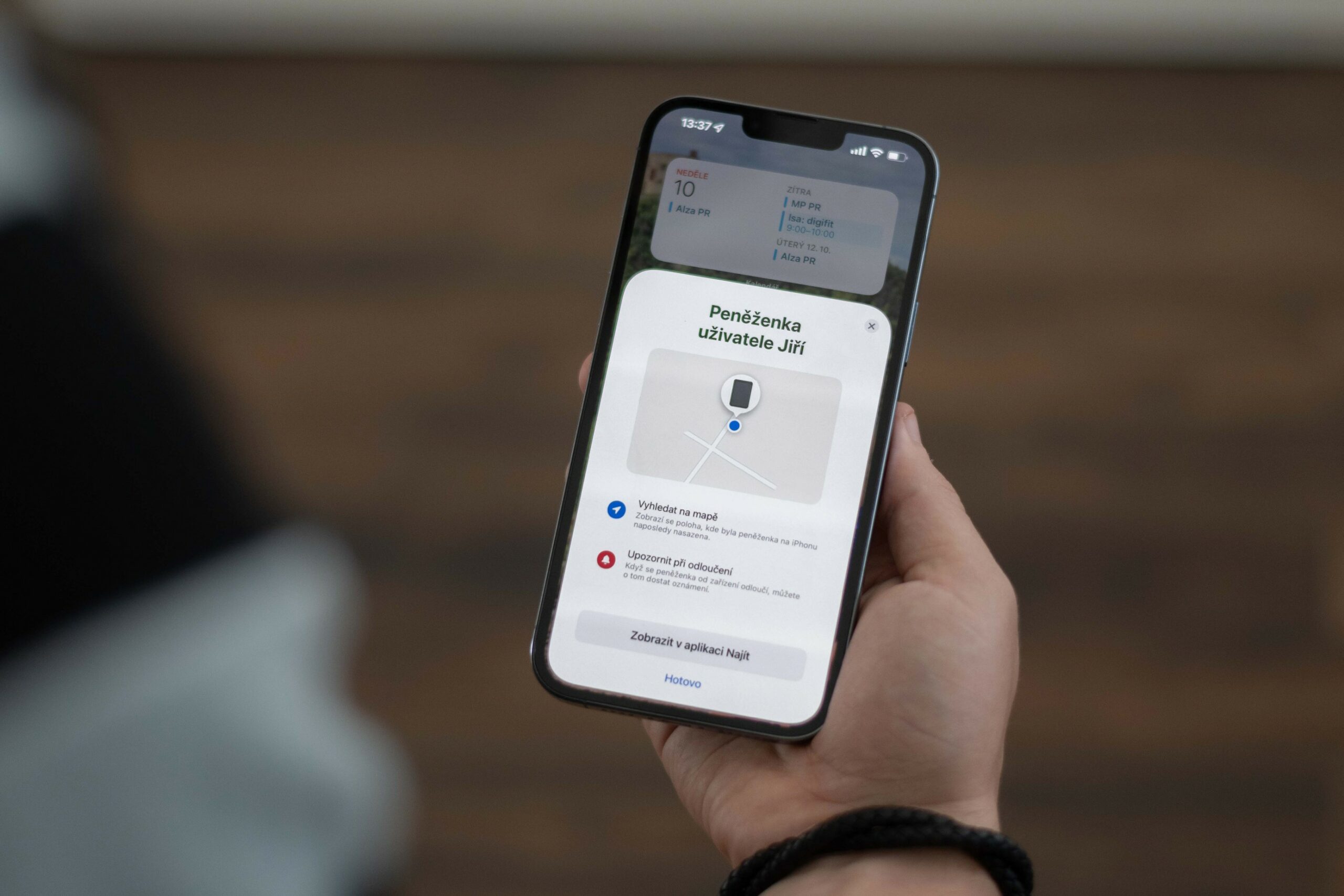
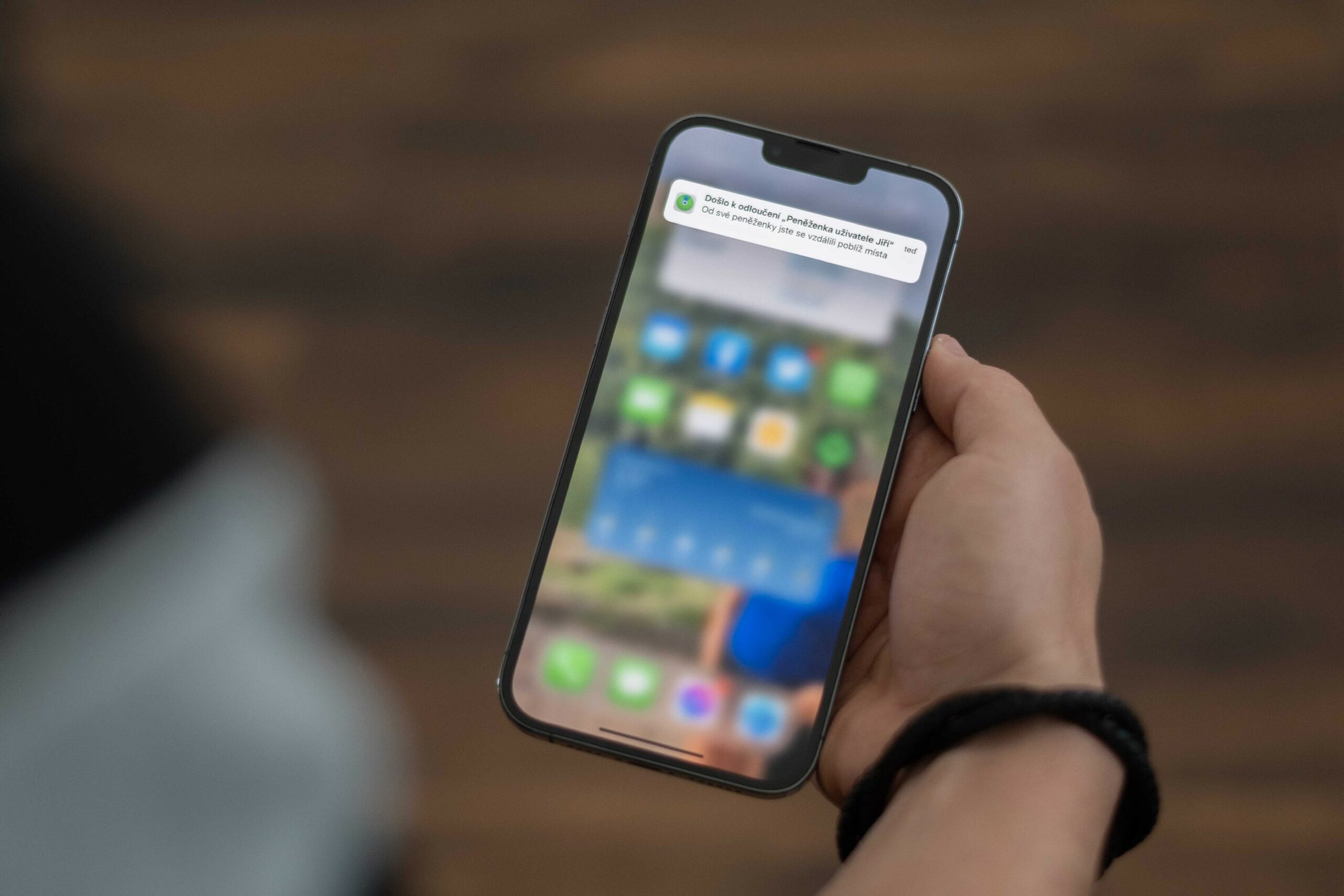
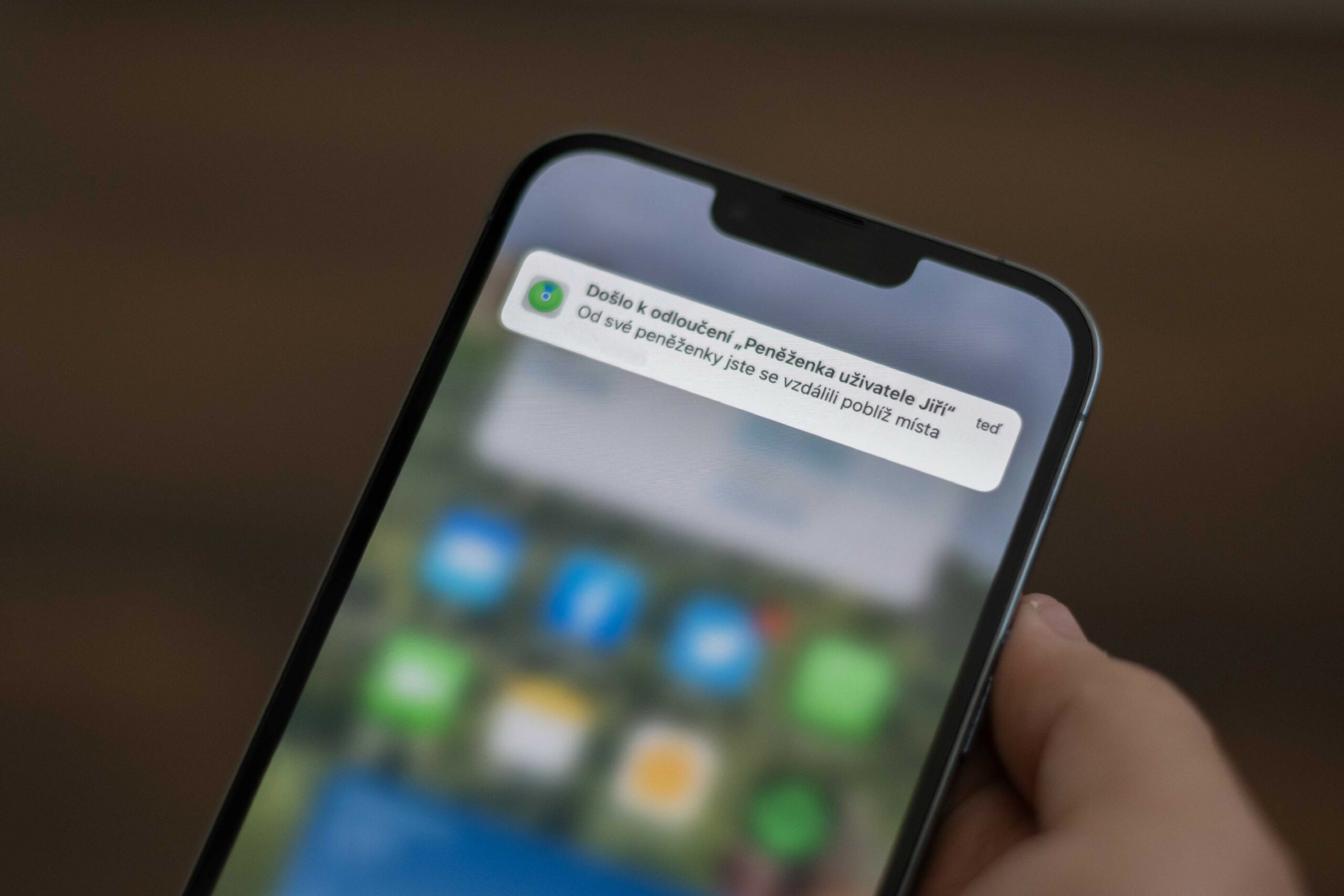
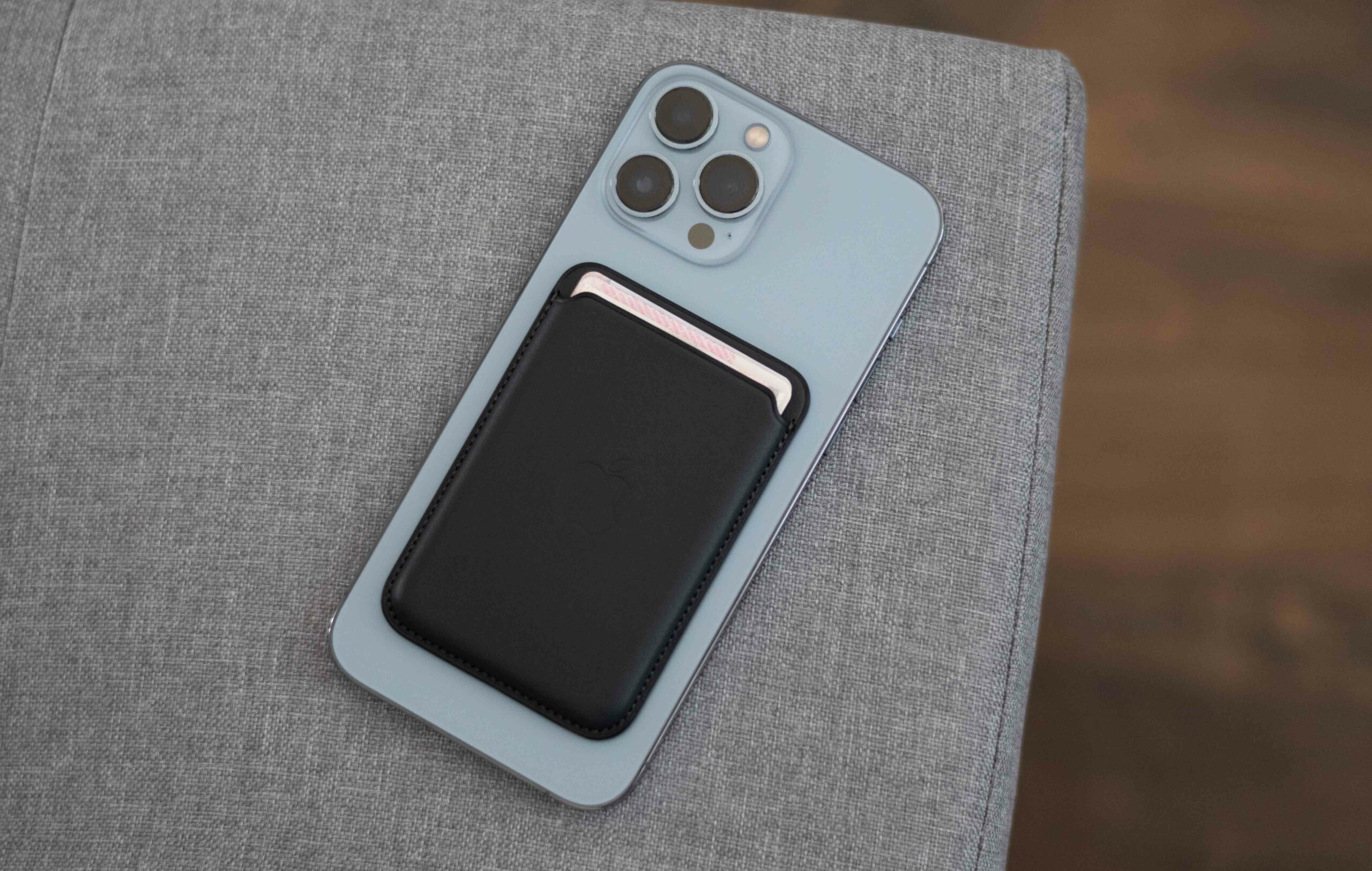
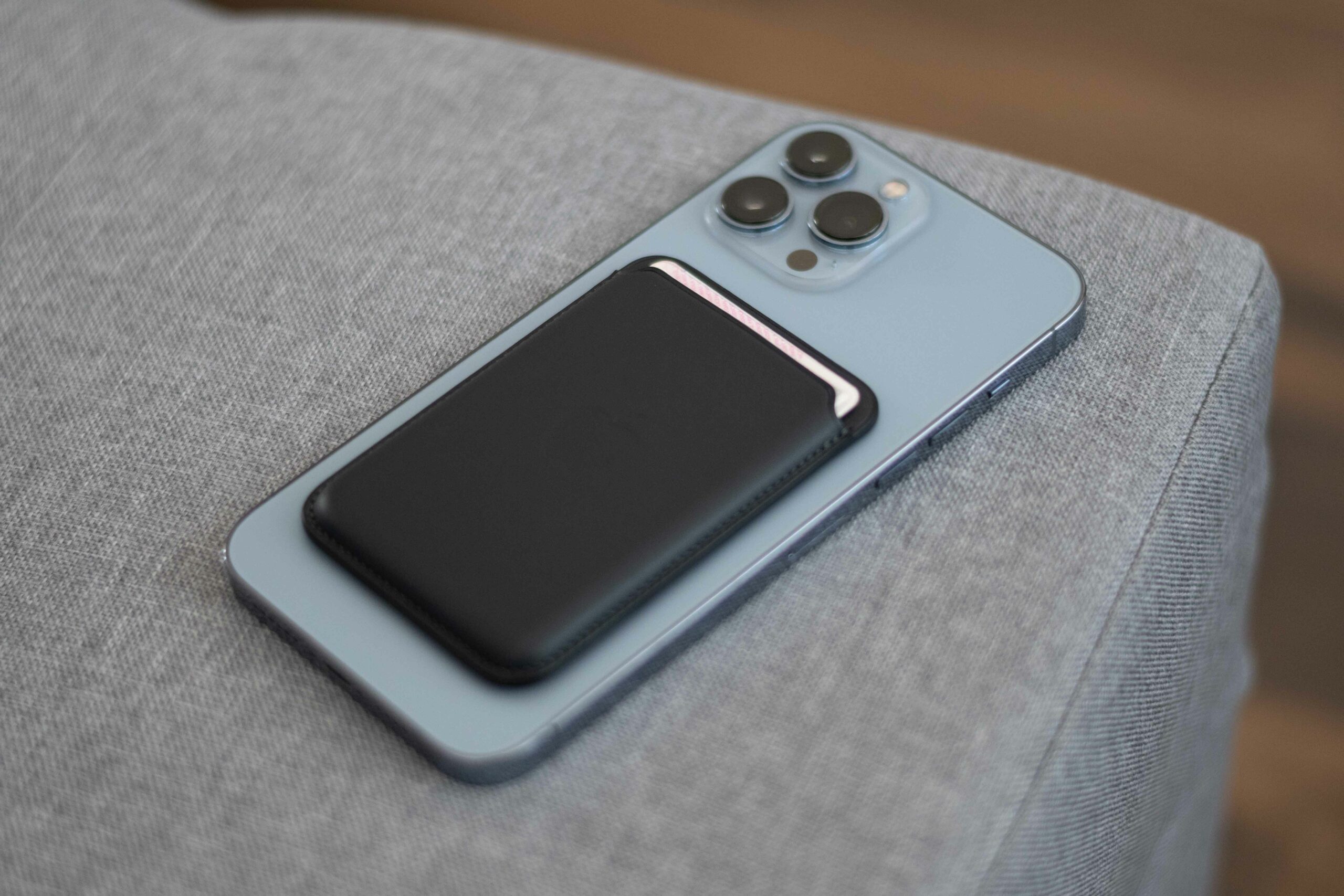

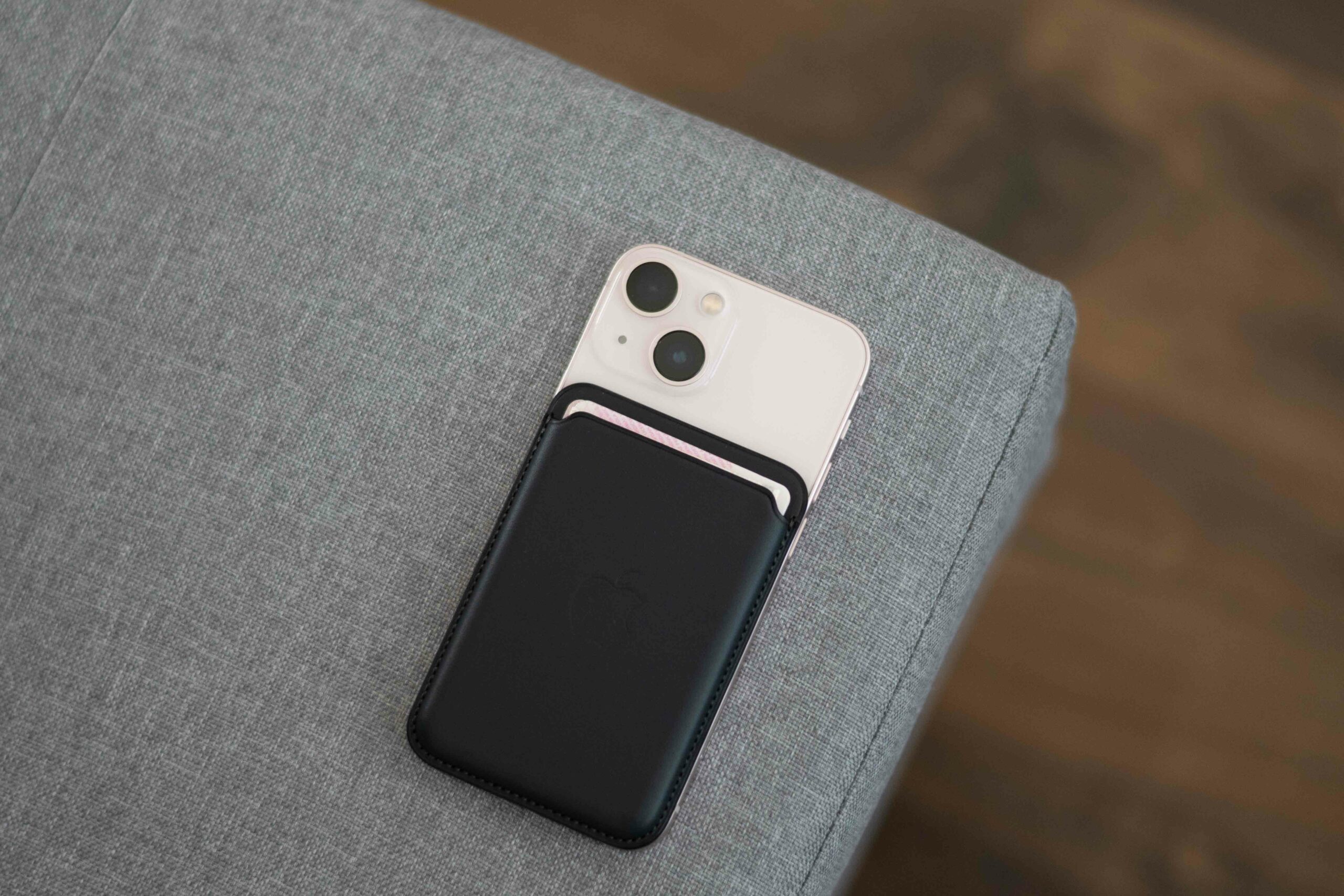

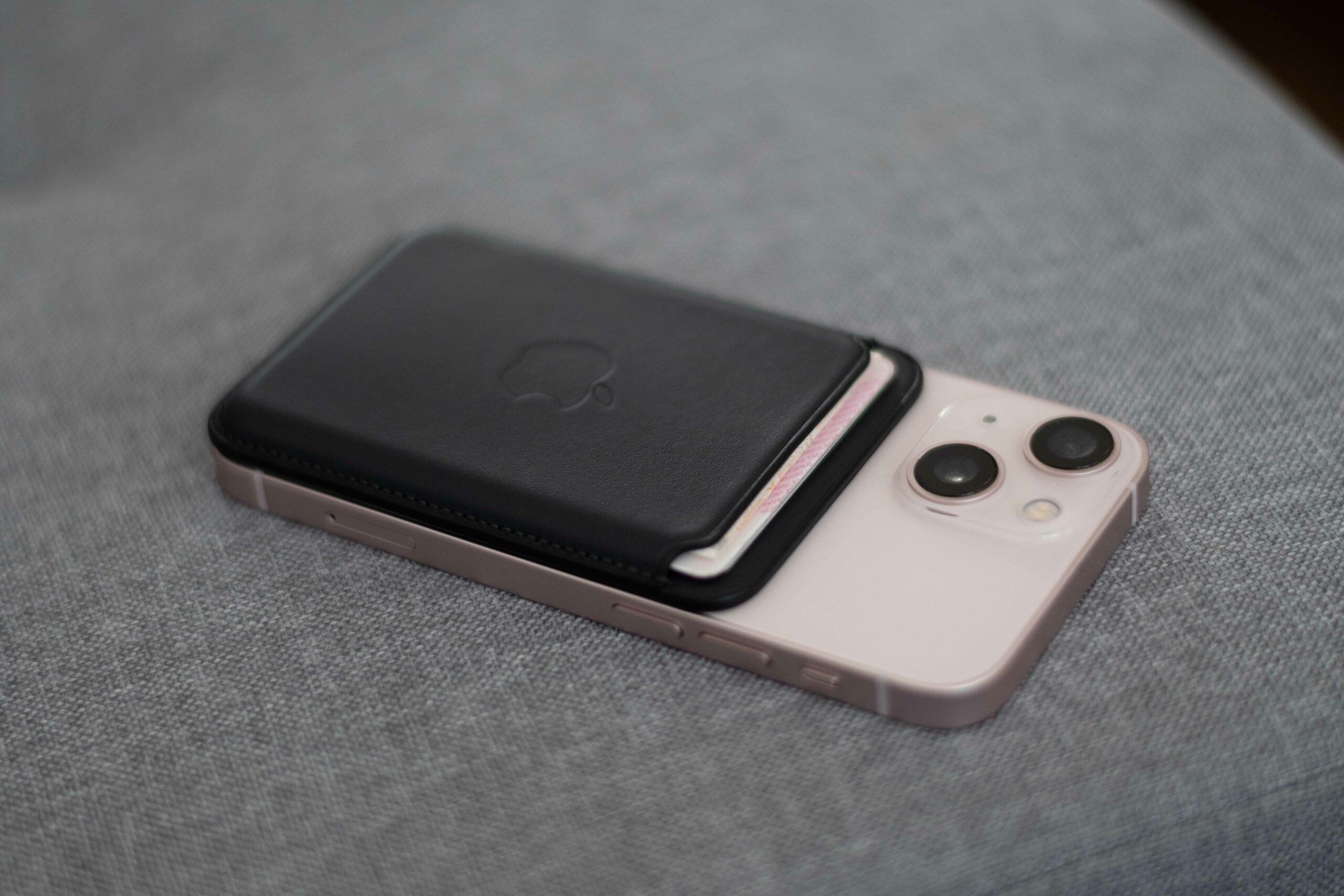

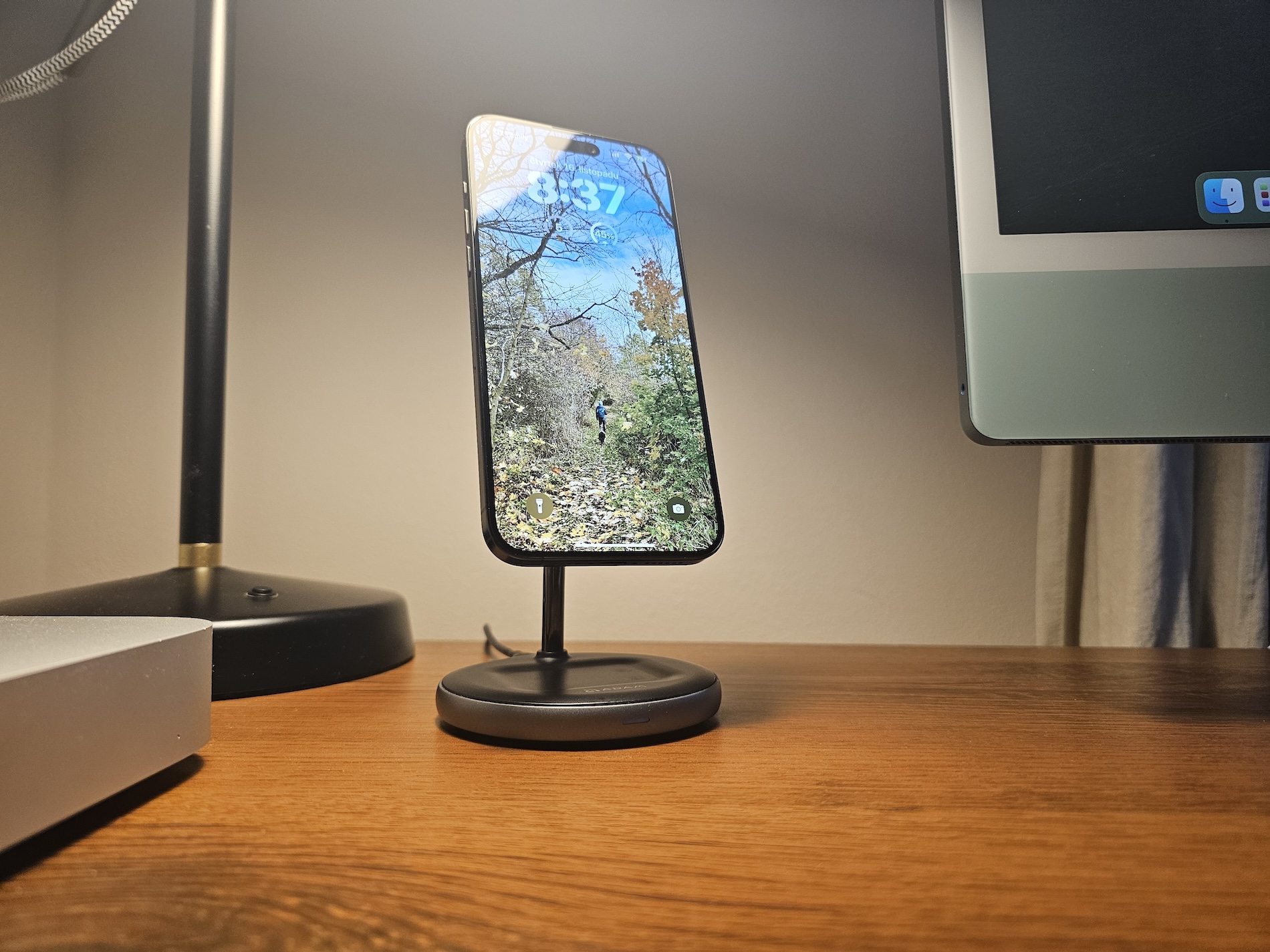
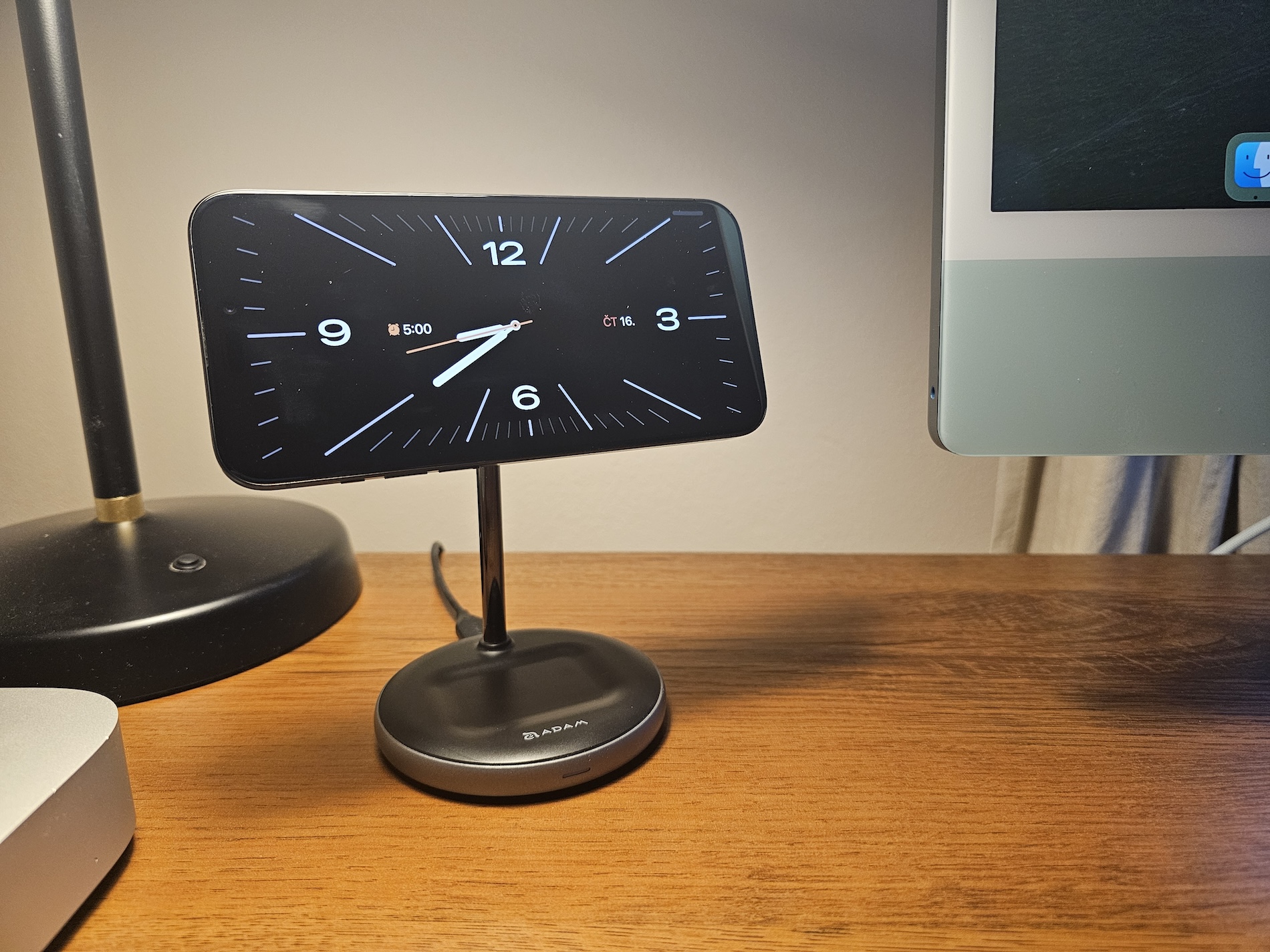
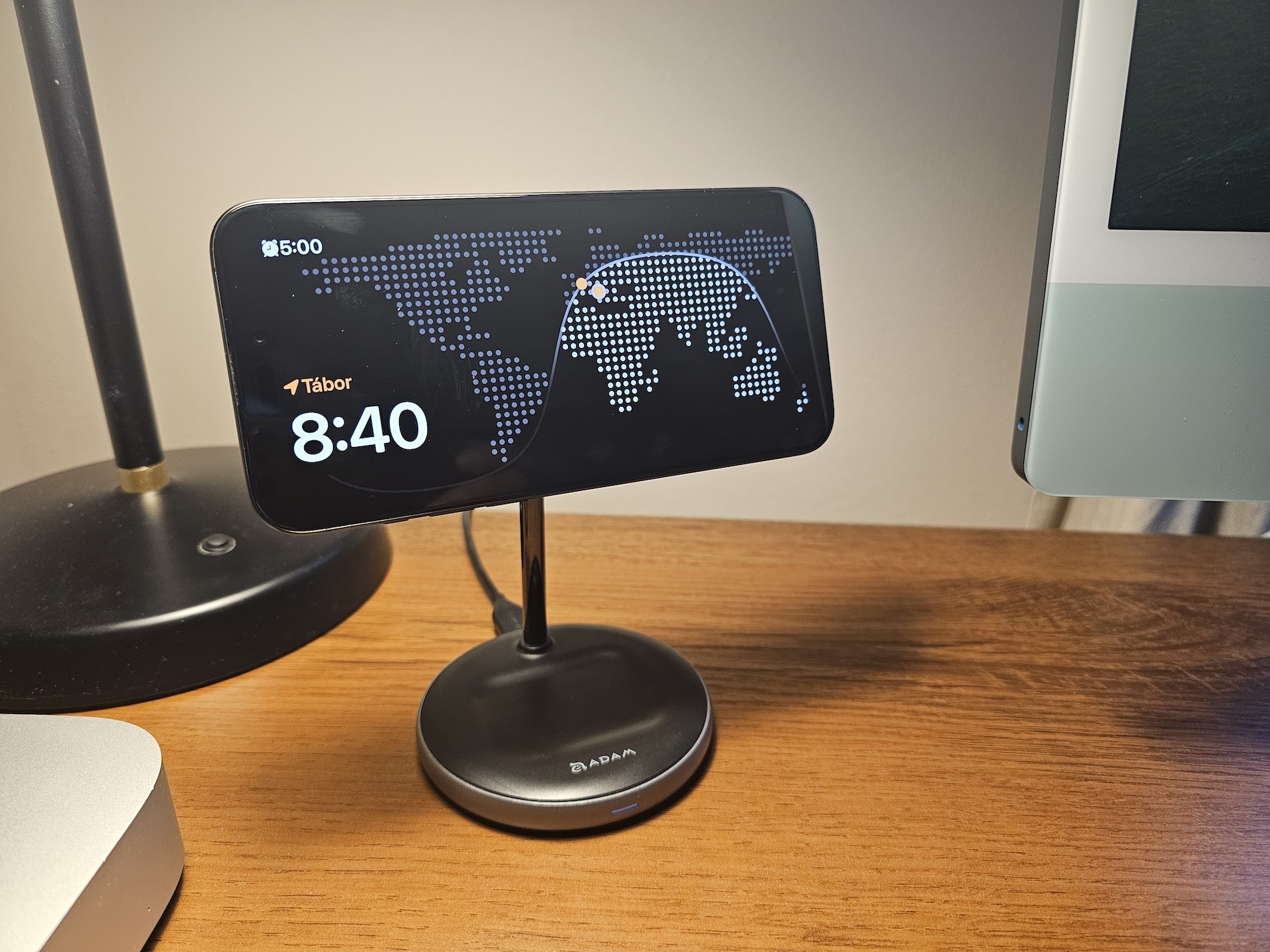
The author is a socka, why doesn't he have a wireless charging accessory? As a matter of fact, I don't have a place to put the C connector. Because my Anker 623 is permanent... And it would be good to realize that it's not only about the "stand" but also the adapter (wow, Anker supplies it, 45w), which has to feed the wireless plate. It would be good to know something about these issues
A comment conceived in this way does not even deserve to be responded to by anyone. Insults, no diacritics, lousy punctuation, Changlicisms and a rather limited point of view from only one particular side. As a regular user who often changes different places and environments with the phone, I completely agree with the author and I also consider wireless charging to be more expensive, slower, more wasteful and half-baked than wired charging. If I were you, upper economic class gentleman, I would change my mind about how and with whom I talk.
Well, from your point of view, maybe, from my point of view, it's not offensive. Just a question, crying over the fact that some technology works as expected, not saying that a high-quality adapter is also needed for that.
Sorry, but it would probably be necessary to know what the technology is for... That's the same as crying over the fact that a transmissive display does not have the same colors as an amoled.
But I understand when arguments or knowledge run out. Then attack the diacritics.
The main reason why I don't use wireless charging is the unnecessary heating of the mobile phone, which of course shortens the overall life of the battery - especially when you top up. Someone who changes their mobile phone every year may not have to deal with it, but after 2 years of use it is already noticeable. In order not to wear out the ligtning/usb C connector, I use magnetic clips - it's fast, practical and the connector stays like new and protected from dust..
I also disagree with the author, he seems a bit like an oven, but why scold someone who has a different opinion? What bothers you that you have uploaded it to someone who sees it differently than you and to darken his spelling, when everyone is writing or dictating on their mobile phone without turning on correction prediction?
I tried wireless charging with my S23+ and quickly returned the original charger! Although the charger managed to deliver up to 15 W, the charging was still slow and the phone got quite hot. Nothing for me, a wire is a wire. :)
Lamenting that wireless charging shortens battery life at a time when 35% of iPhone users change phones after a year and 45% at two-year intervals seems like an irrelevant issue to me. I only use this type of charging for the 13 mini and it takes about 2 hours to charge, the watch is simultaneously charged in about 20 minutes. The price category of the charger is about 3.900,- from iStyle.
I plugged the iPhone 13pro in a year and pulled the cable about 10 times. I only use magsafe. Car, work. The article is completely about nothing